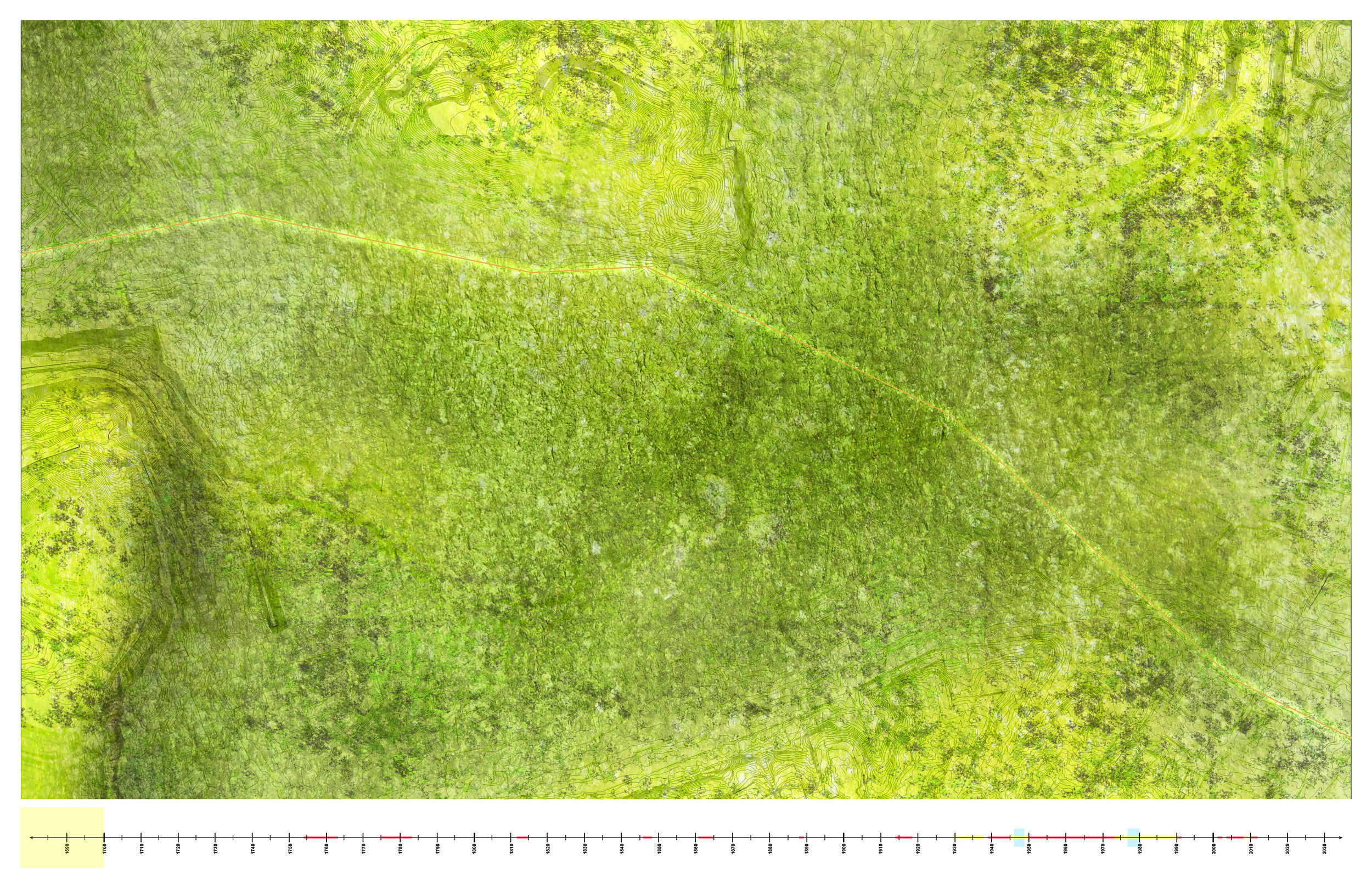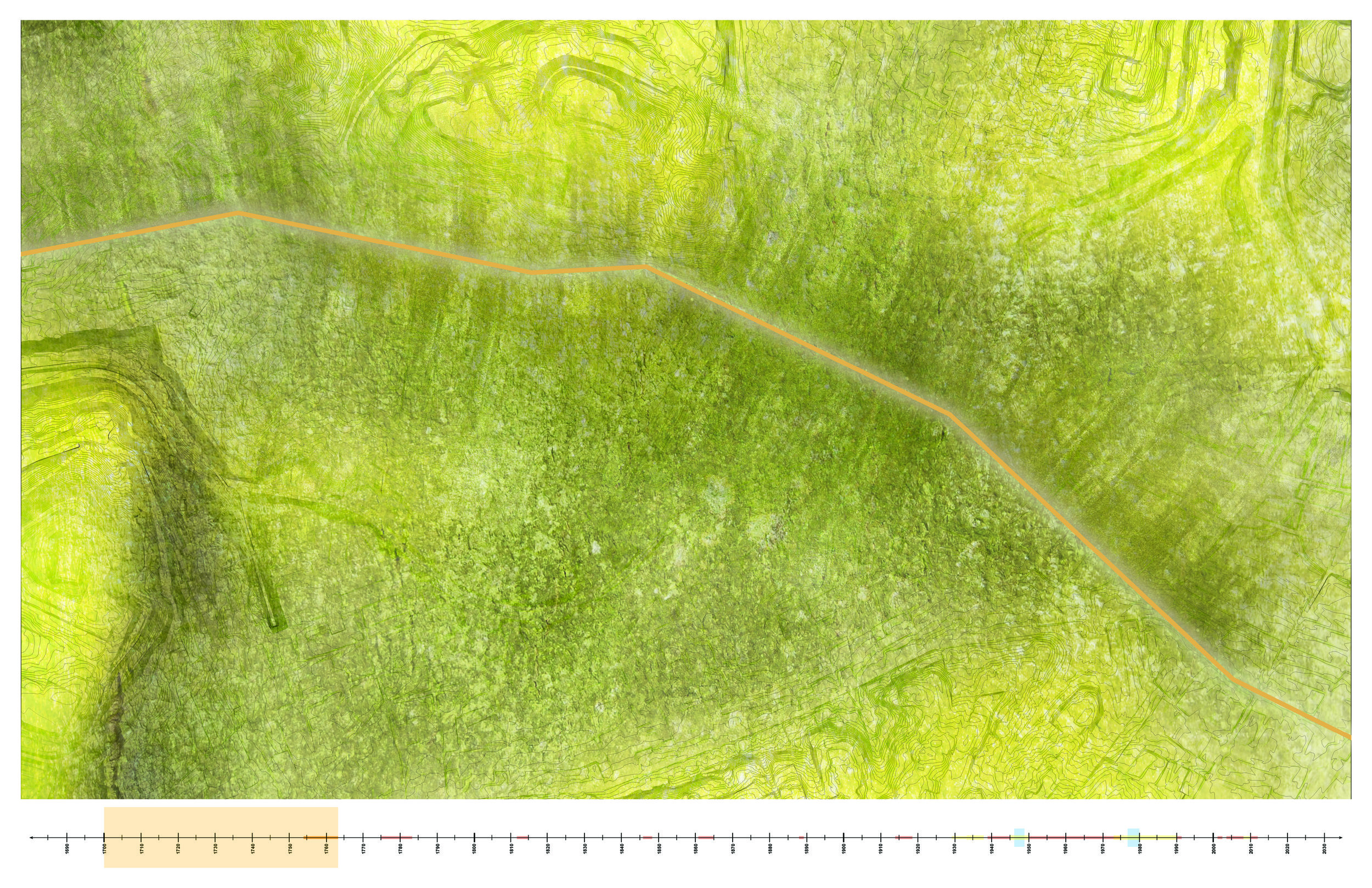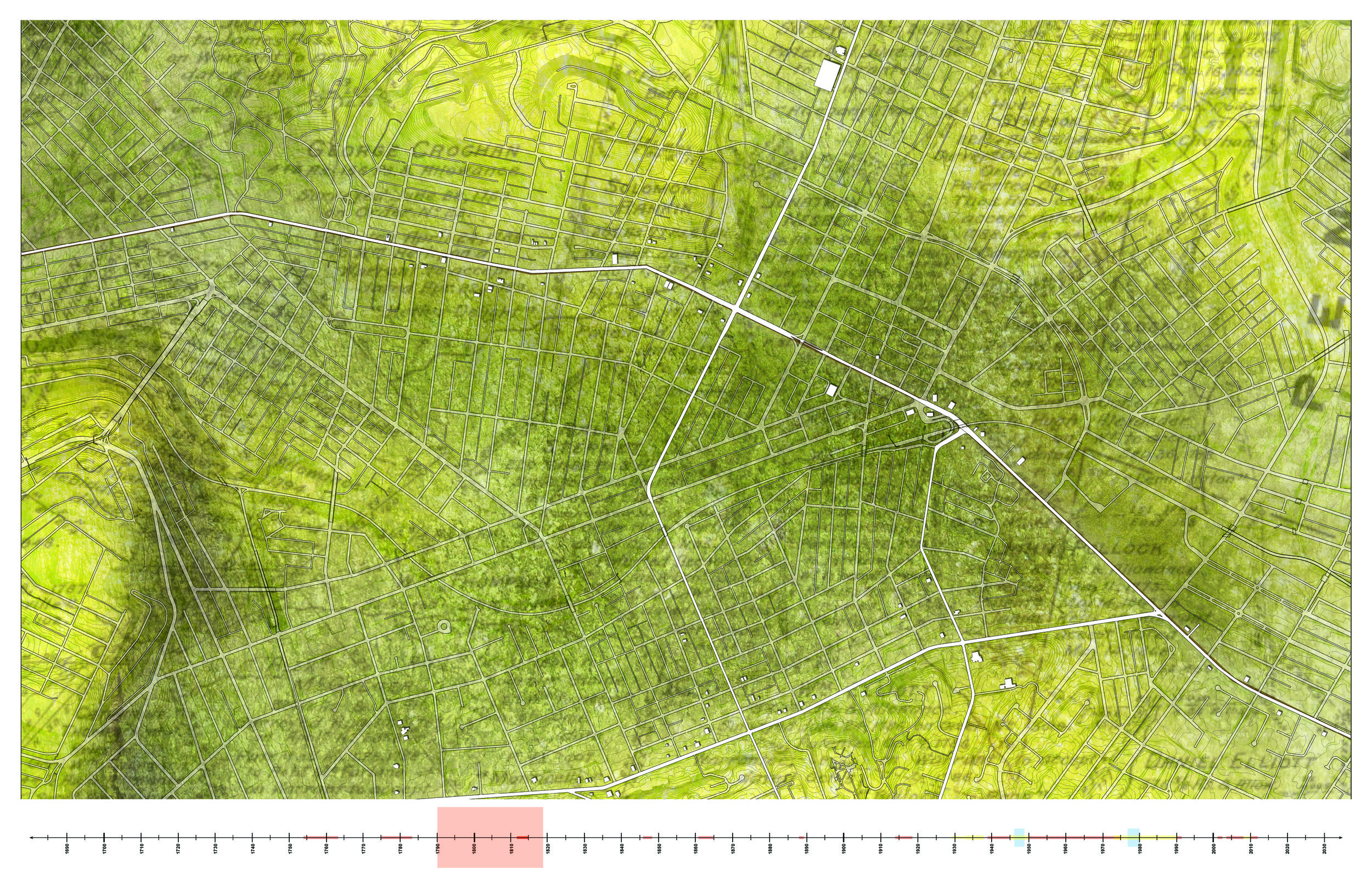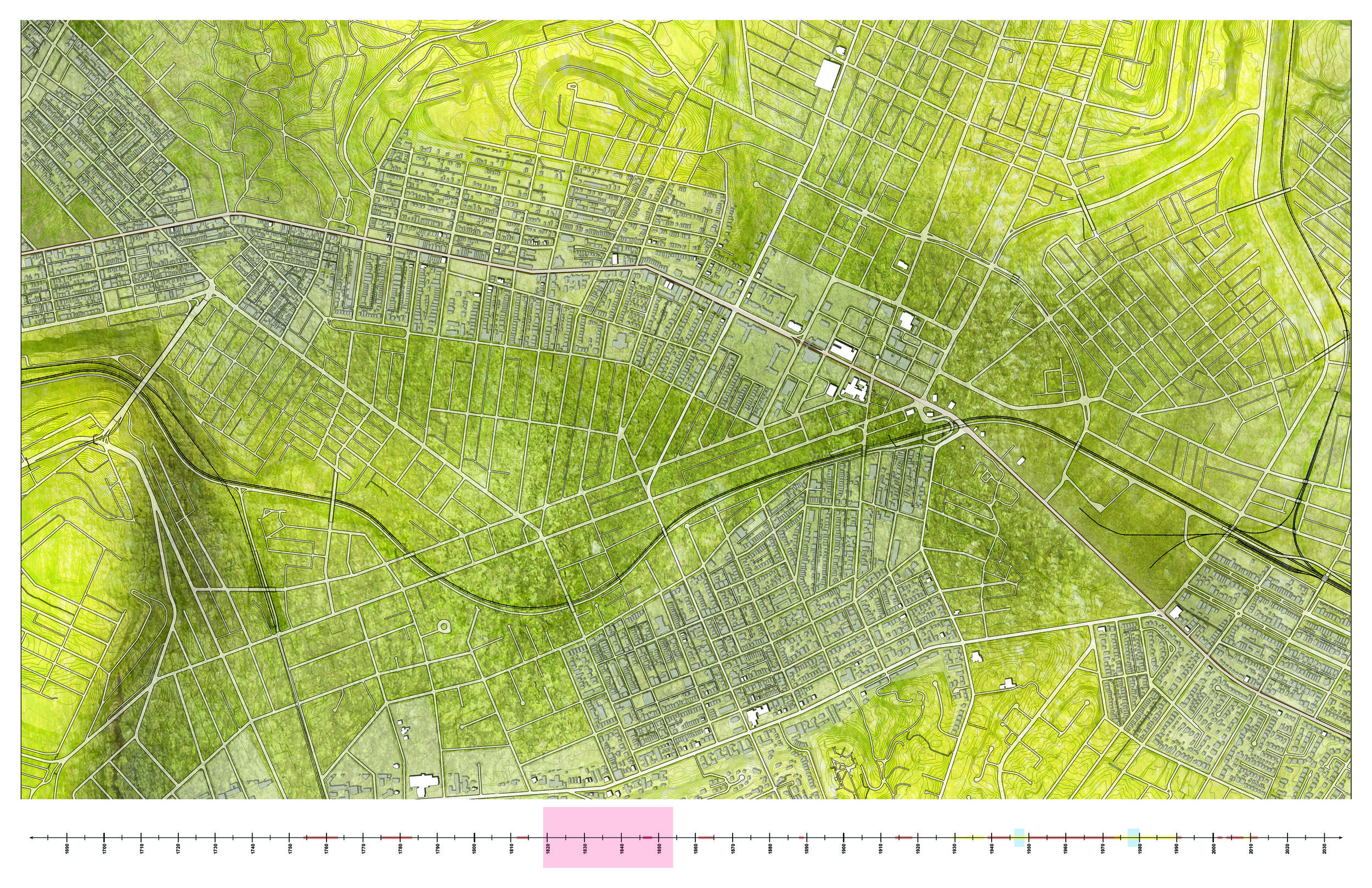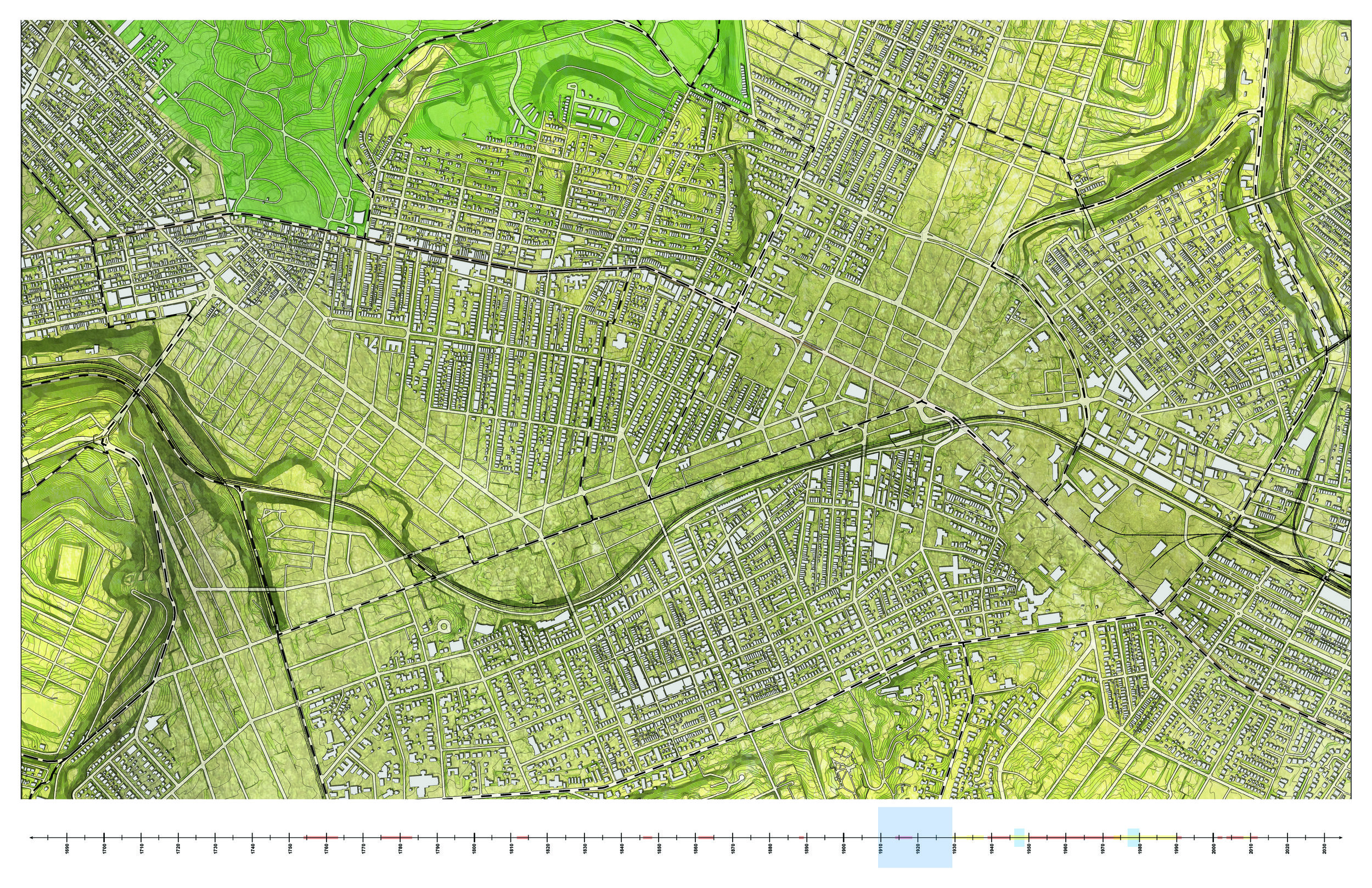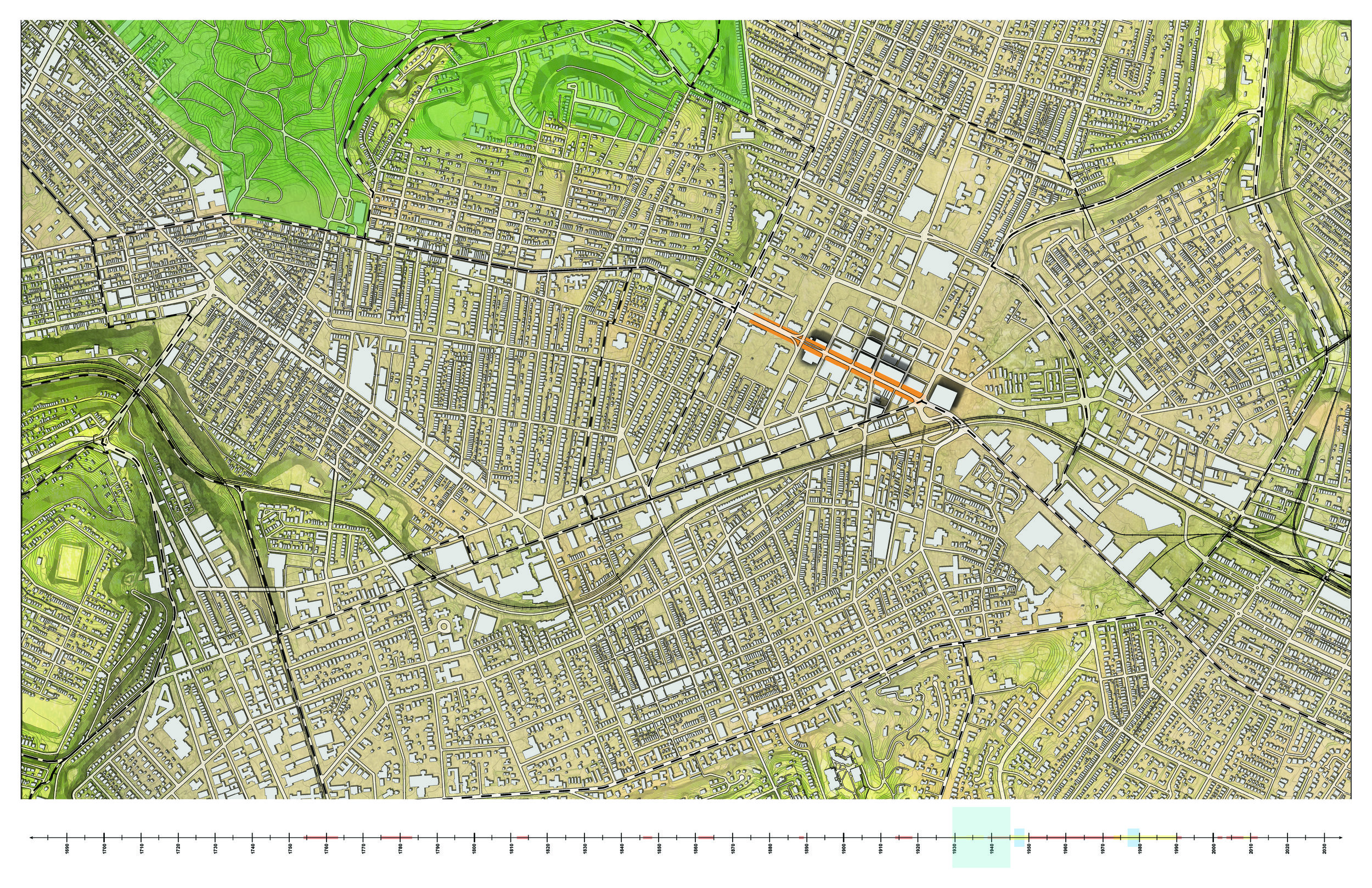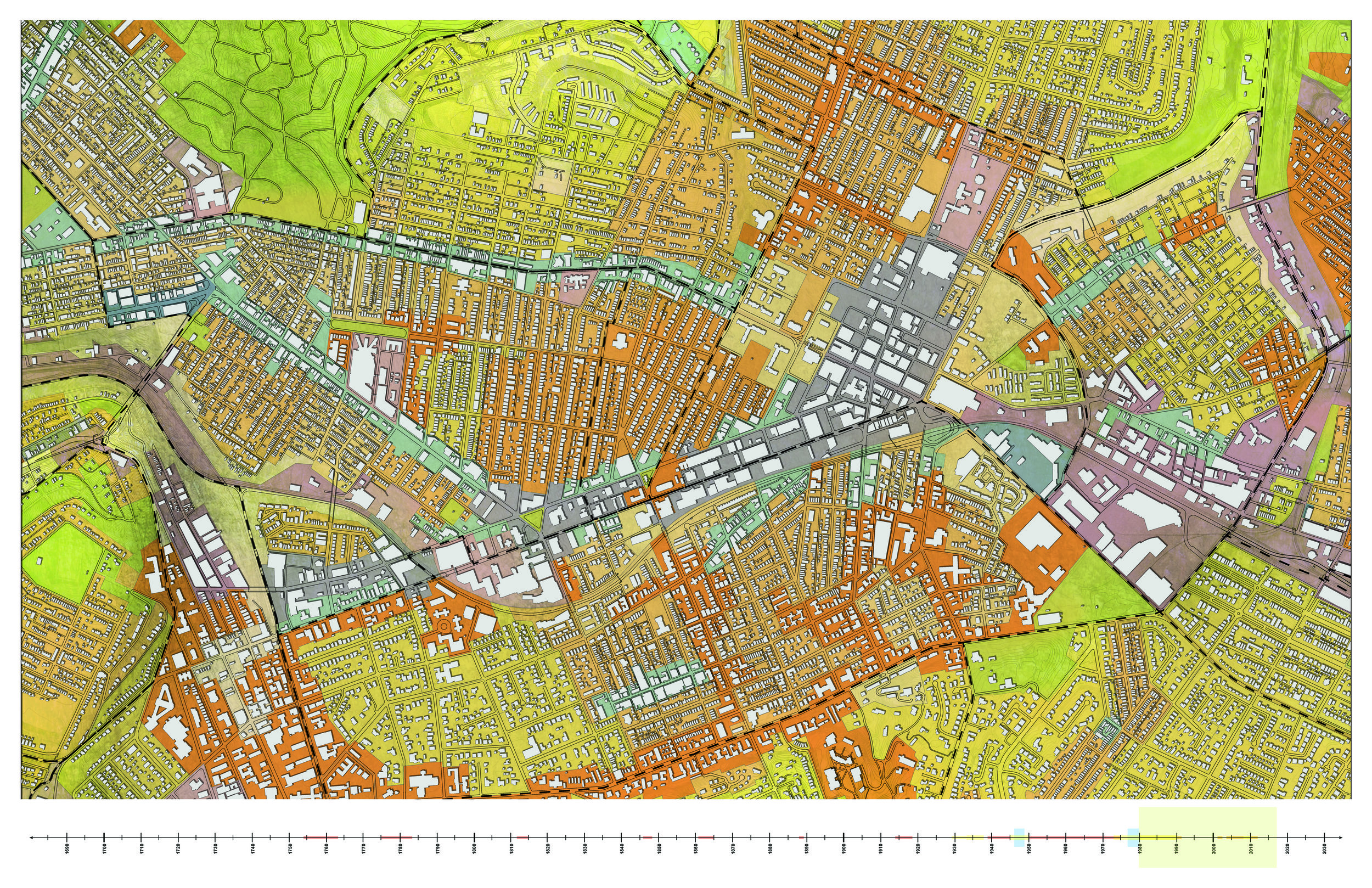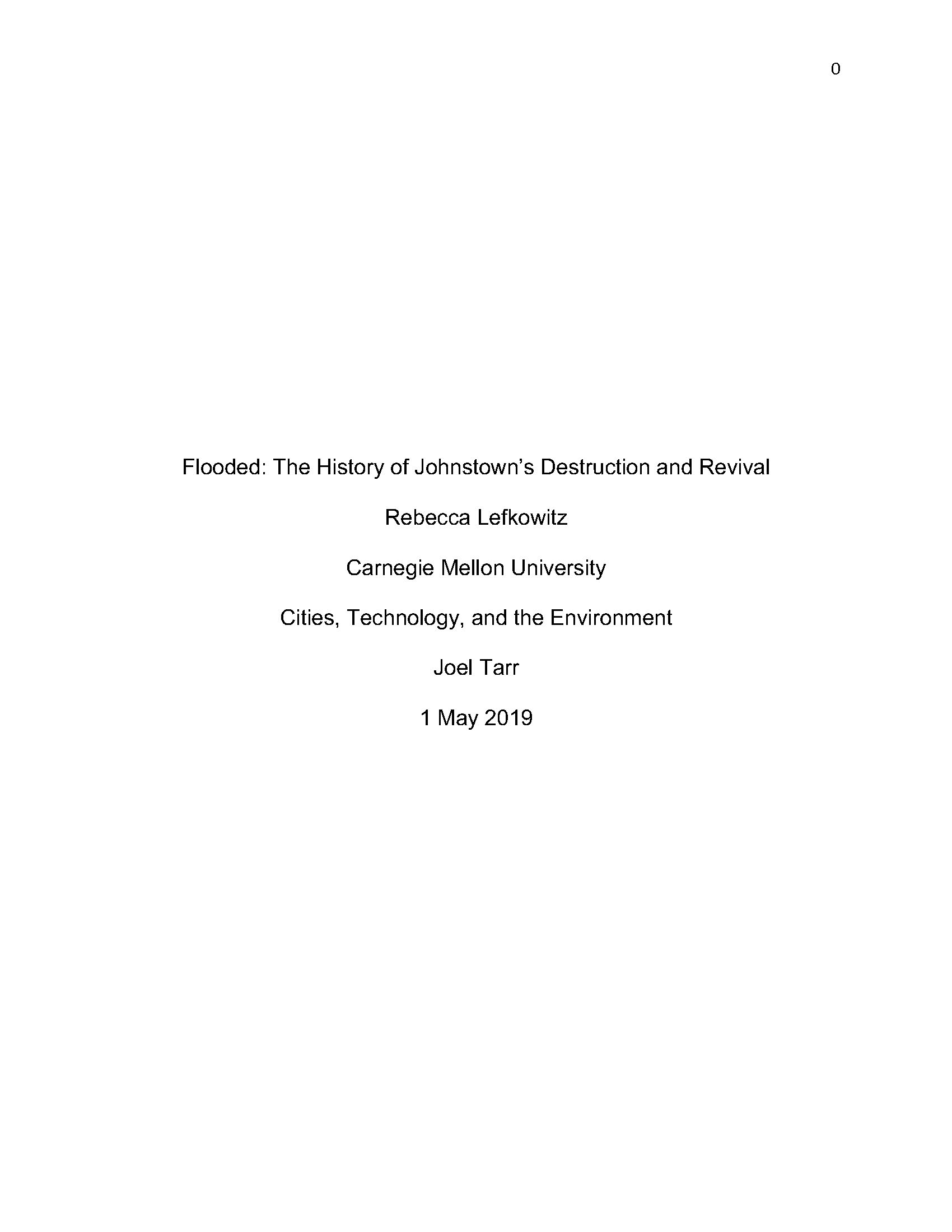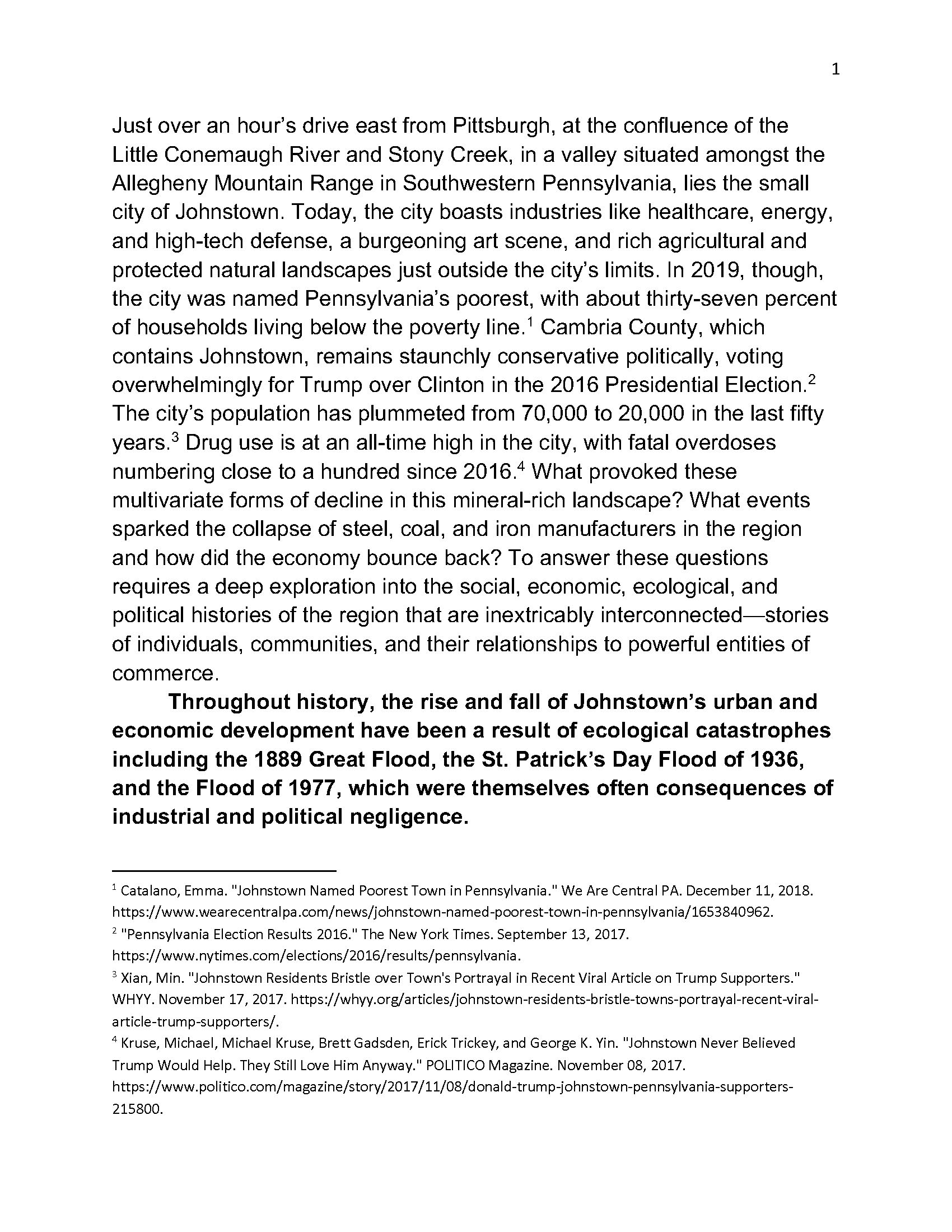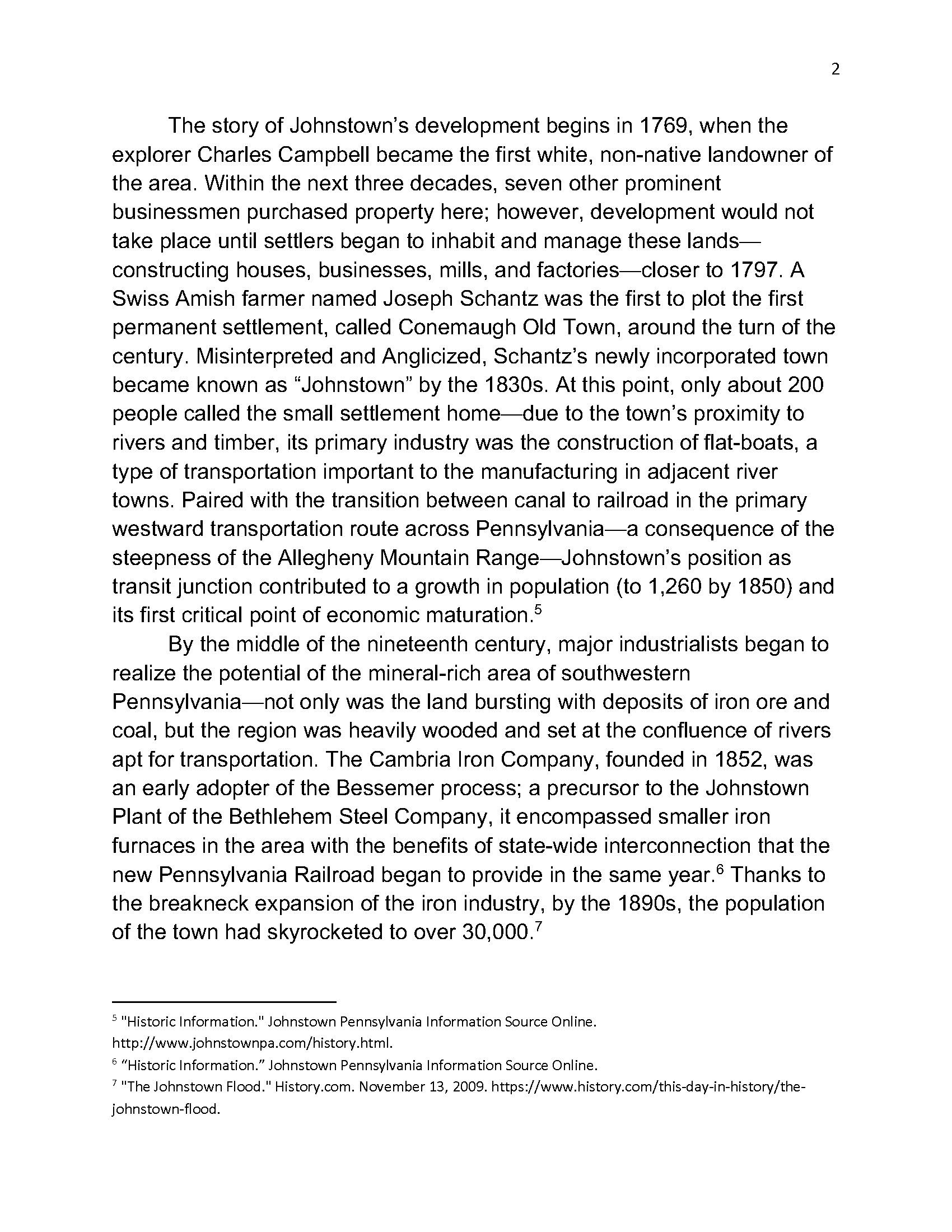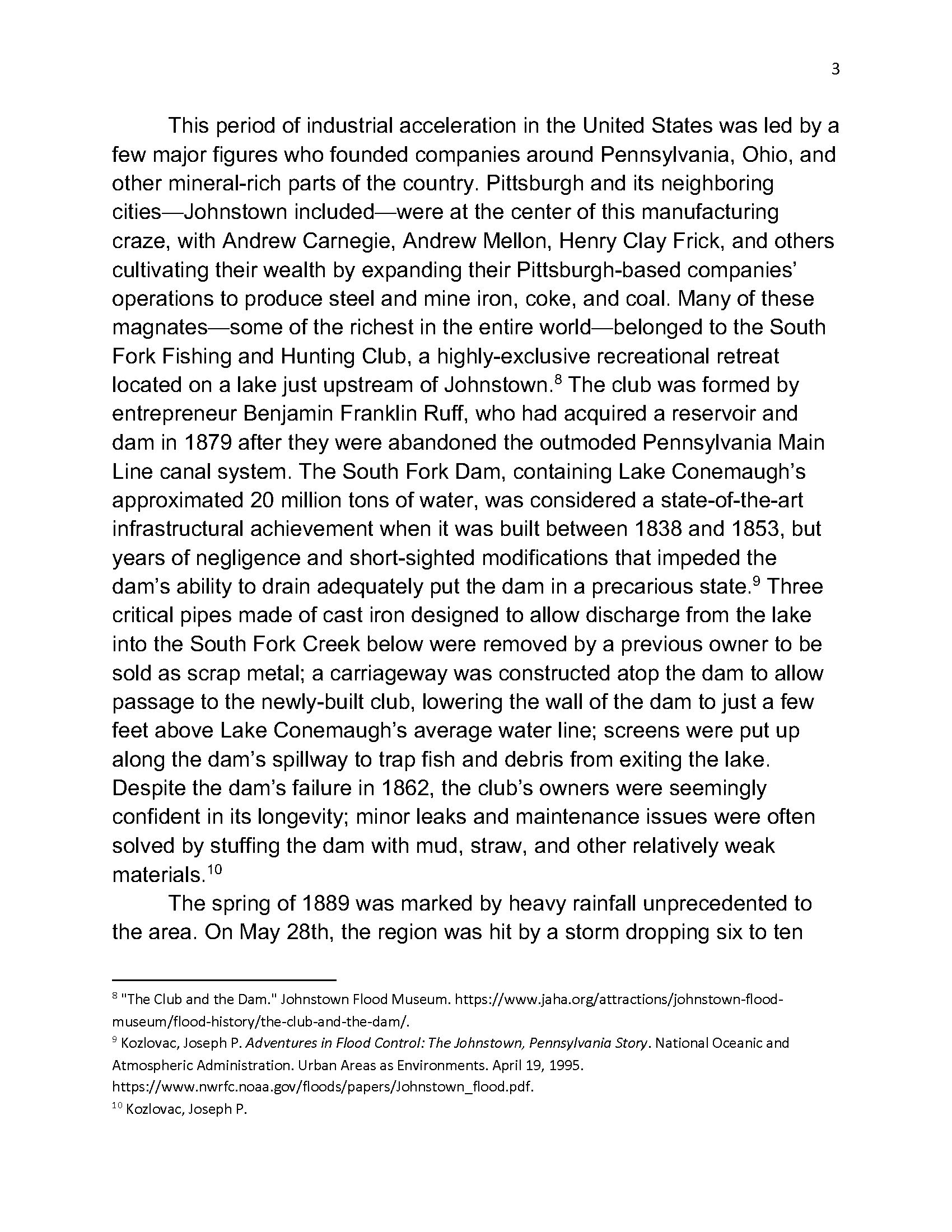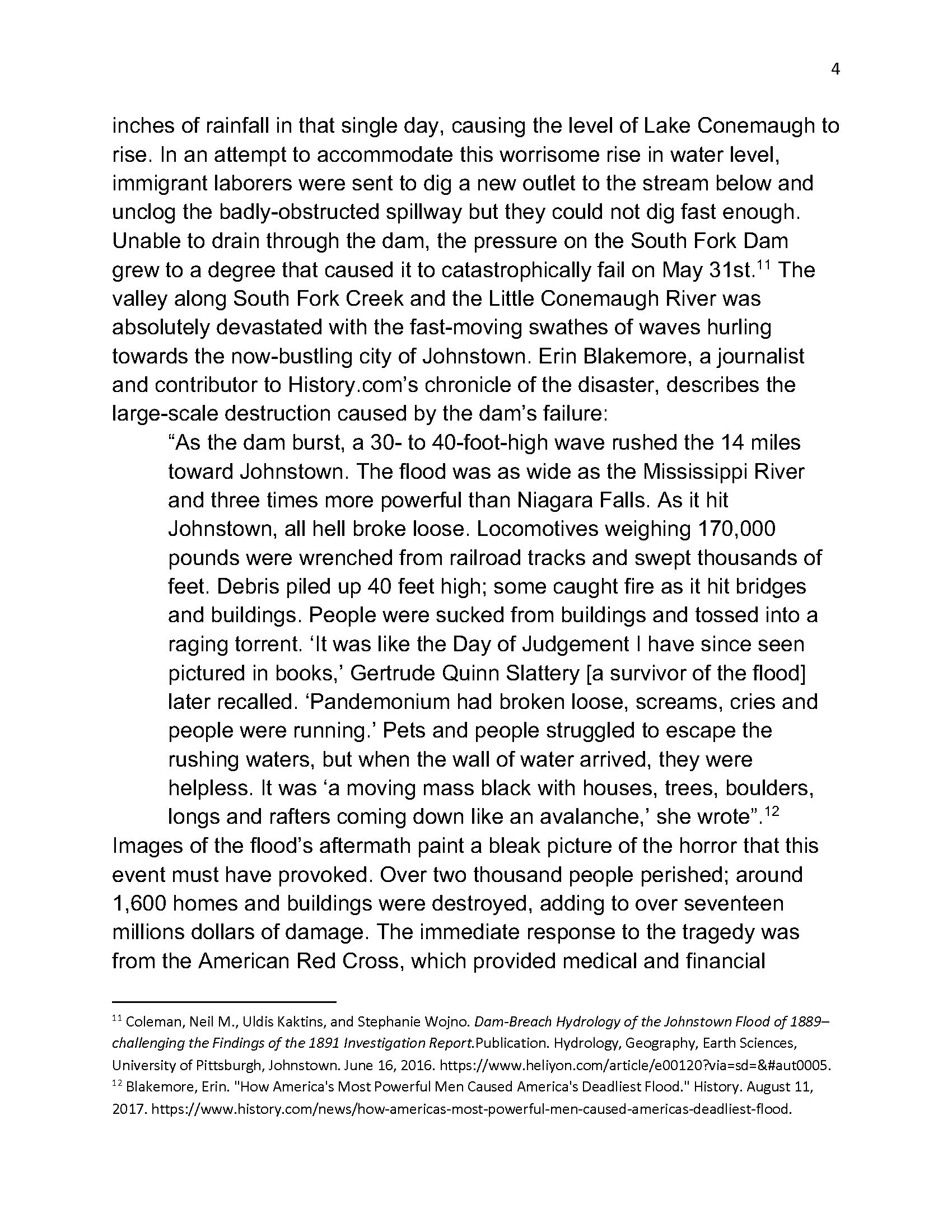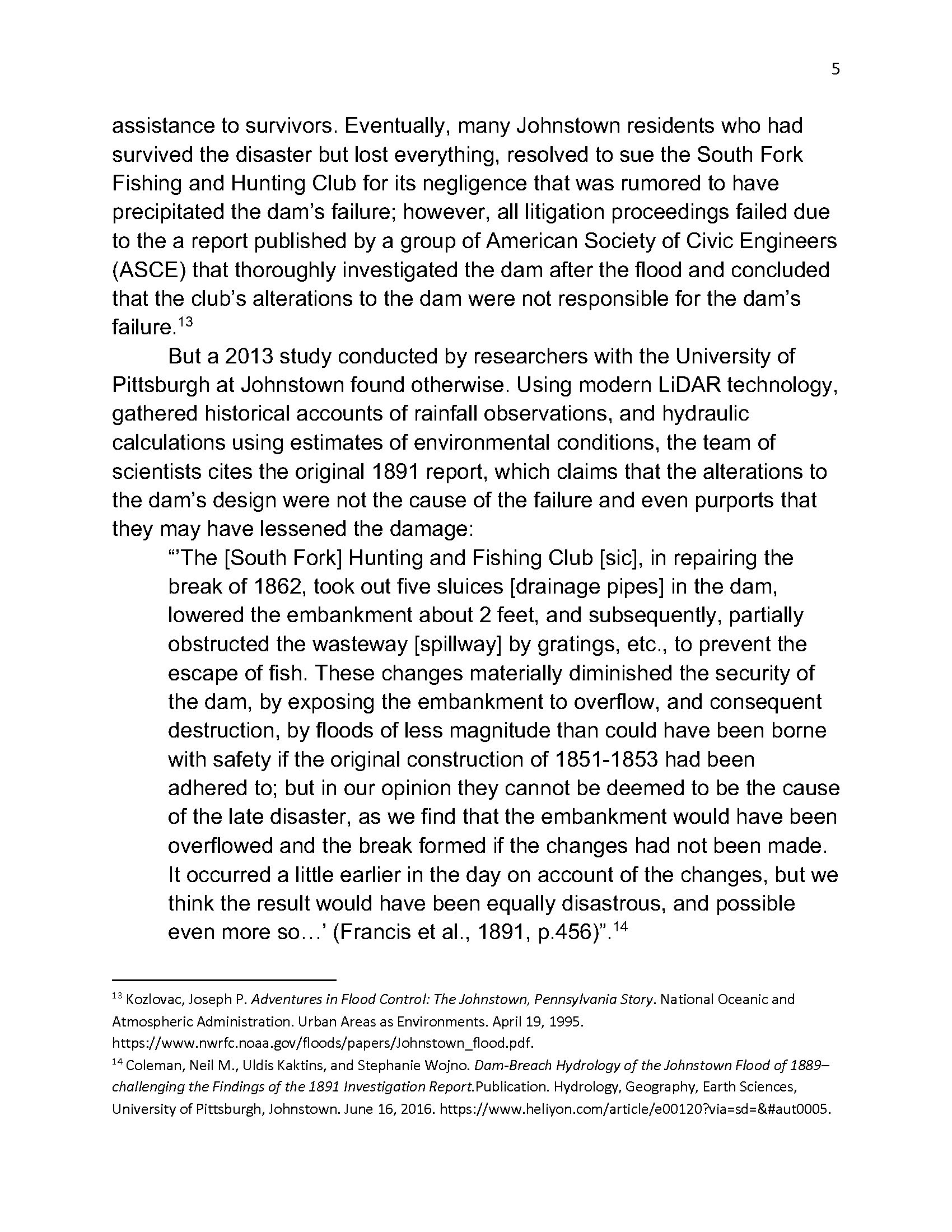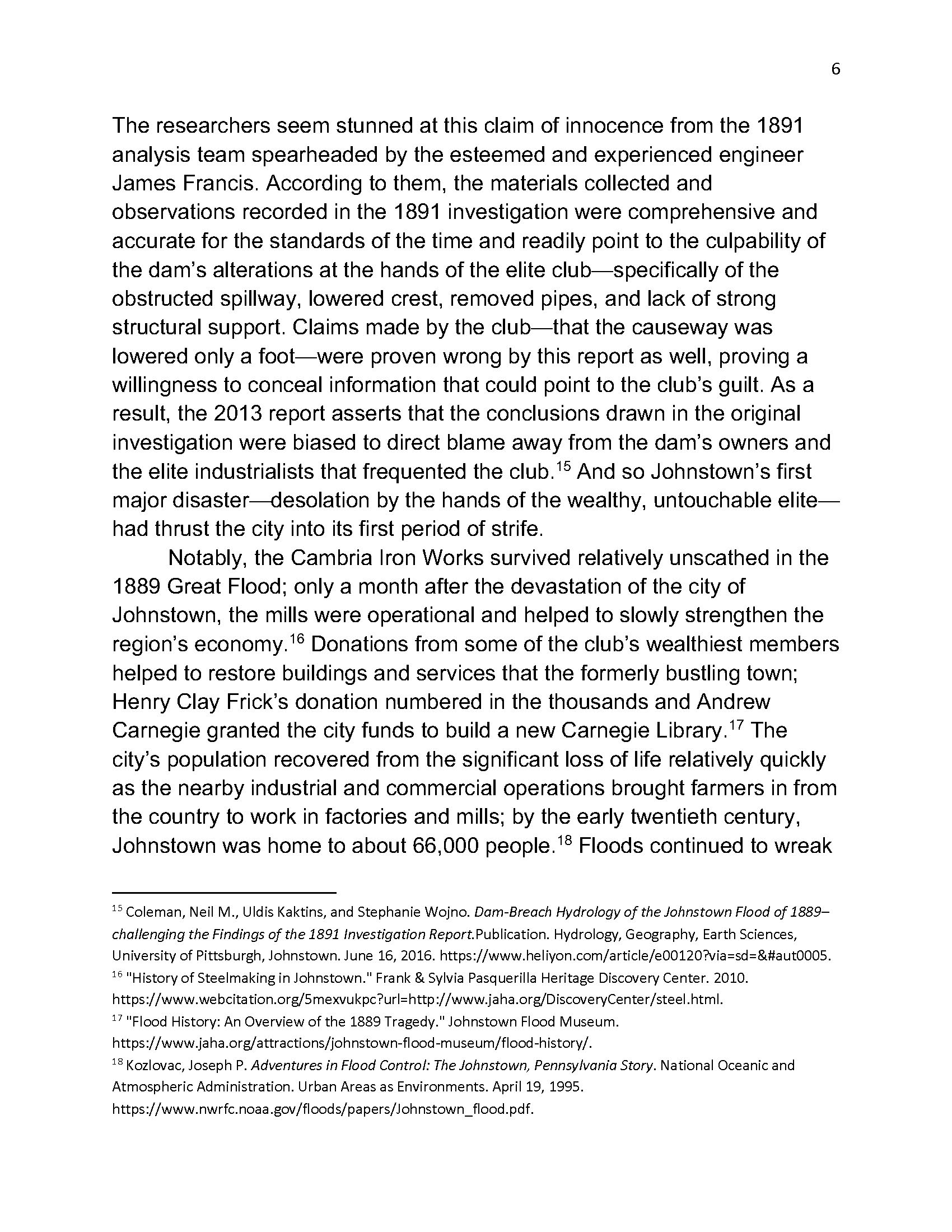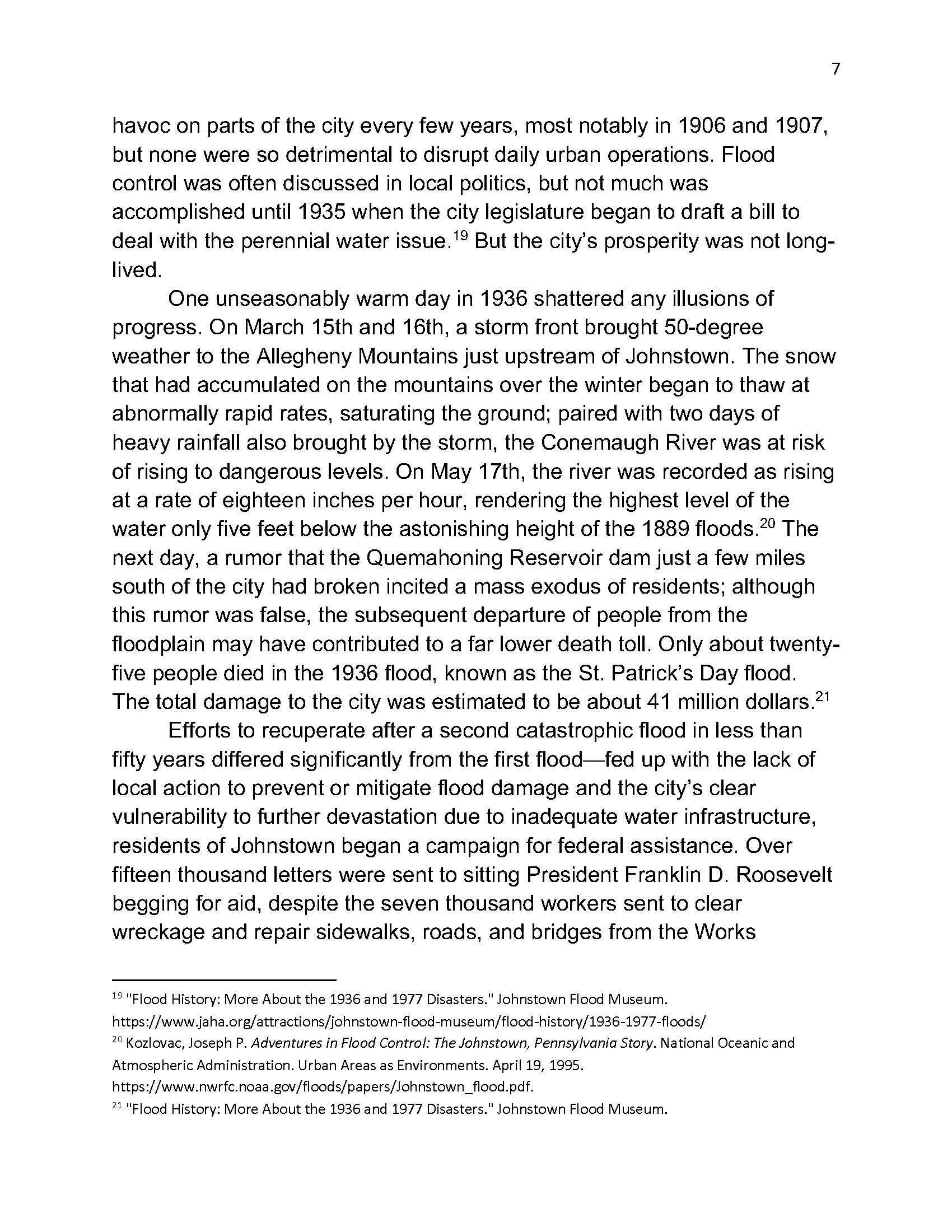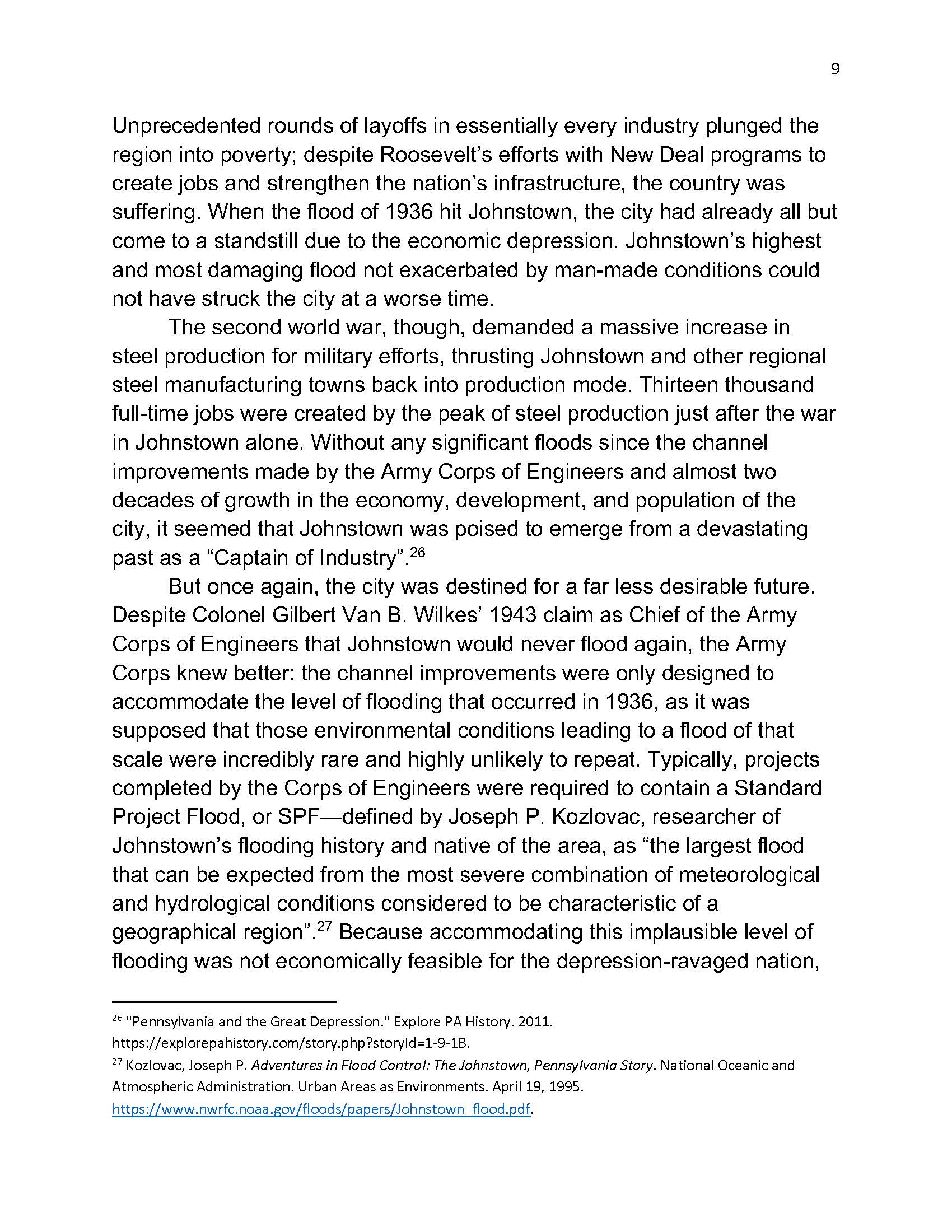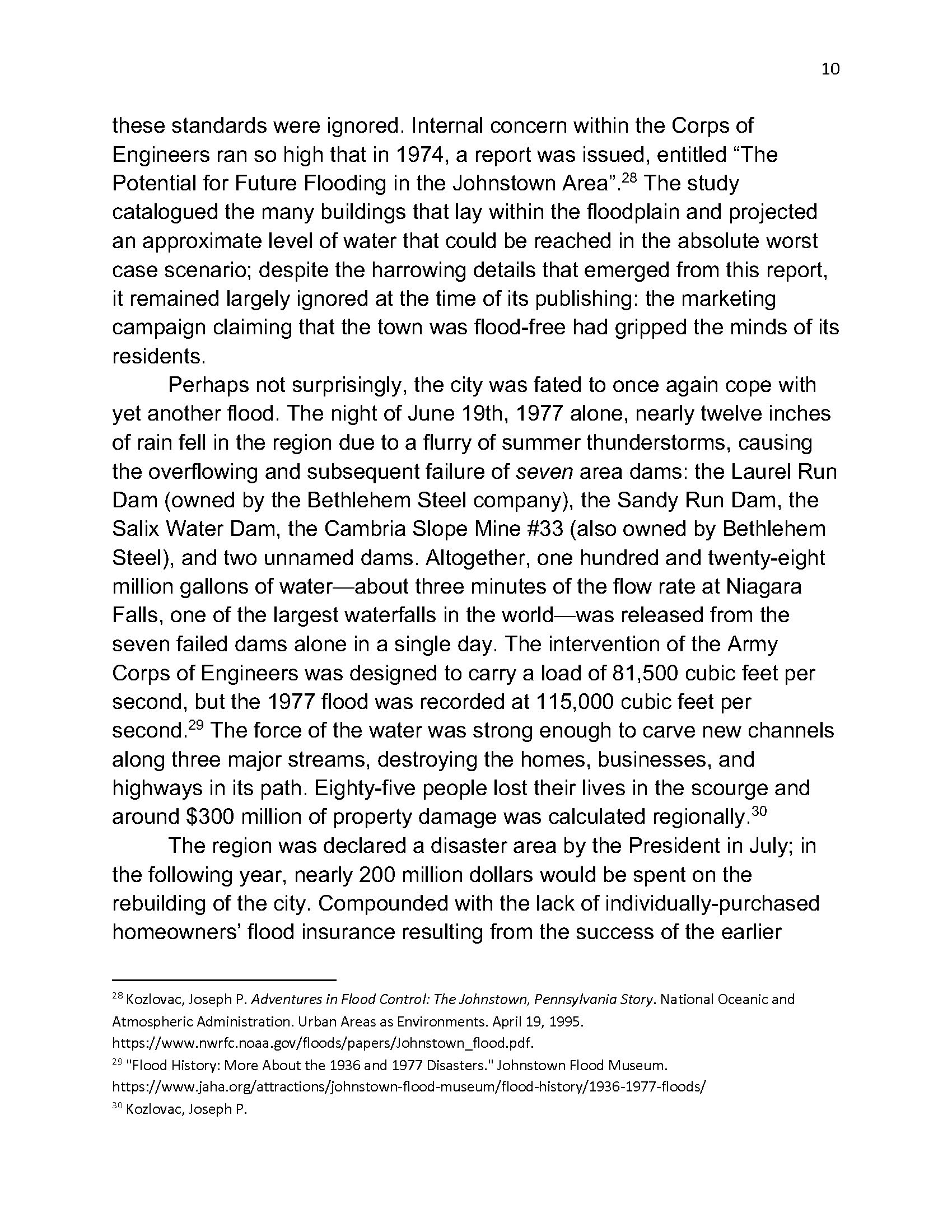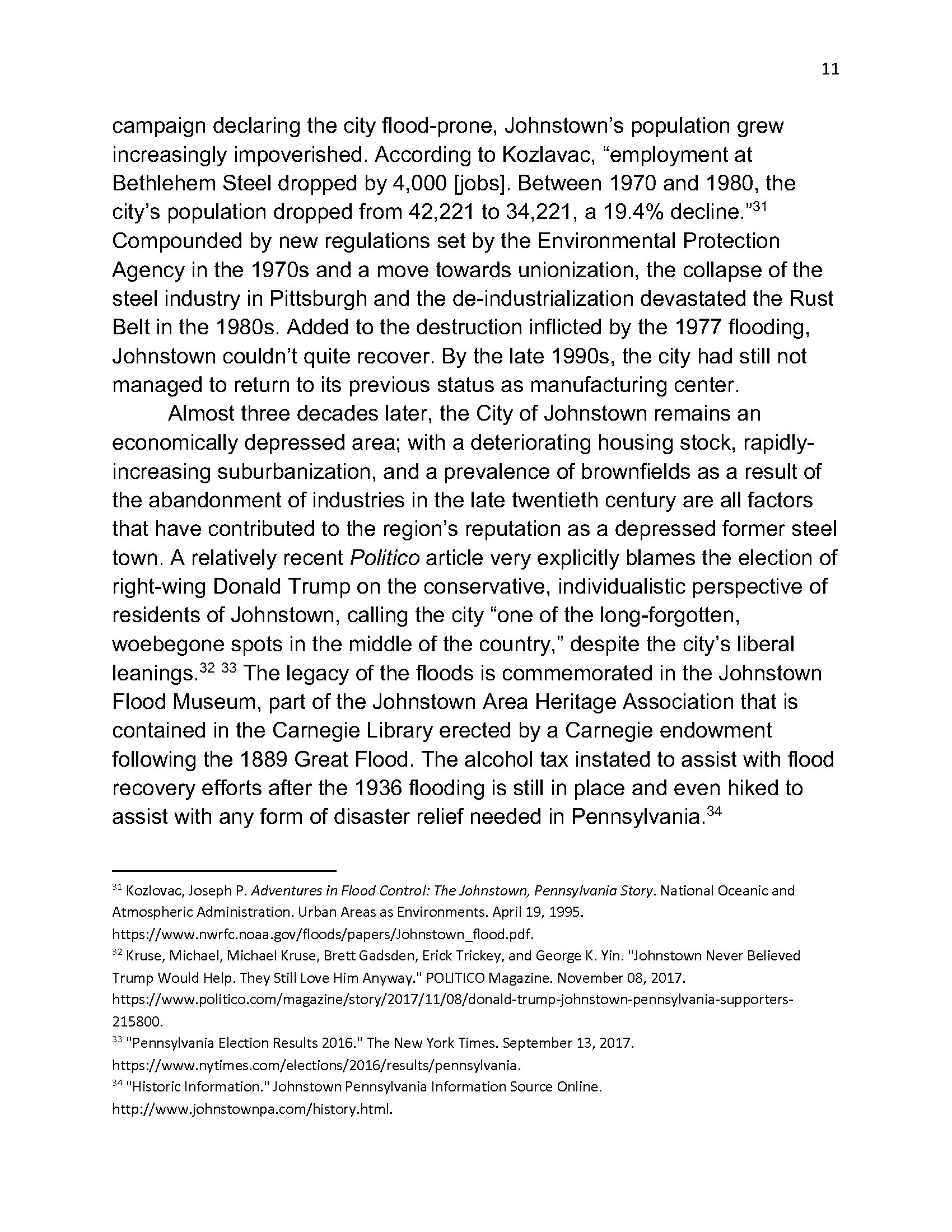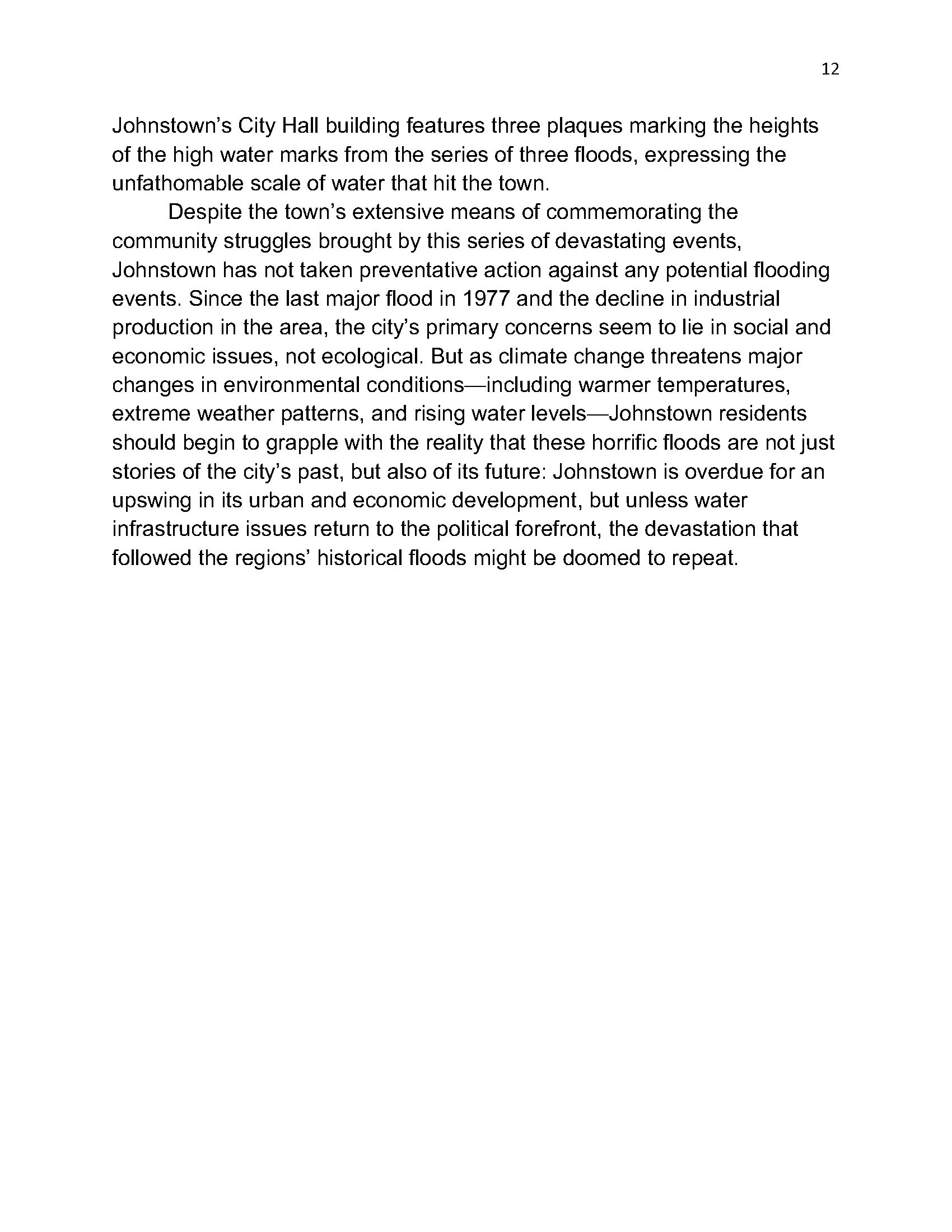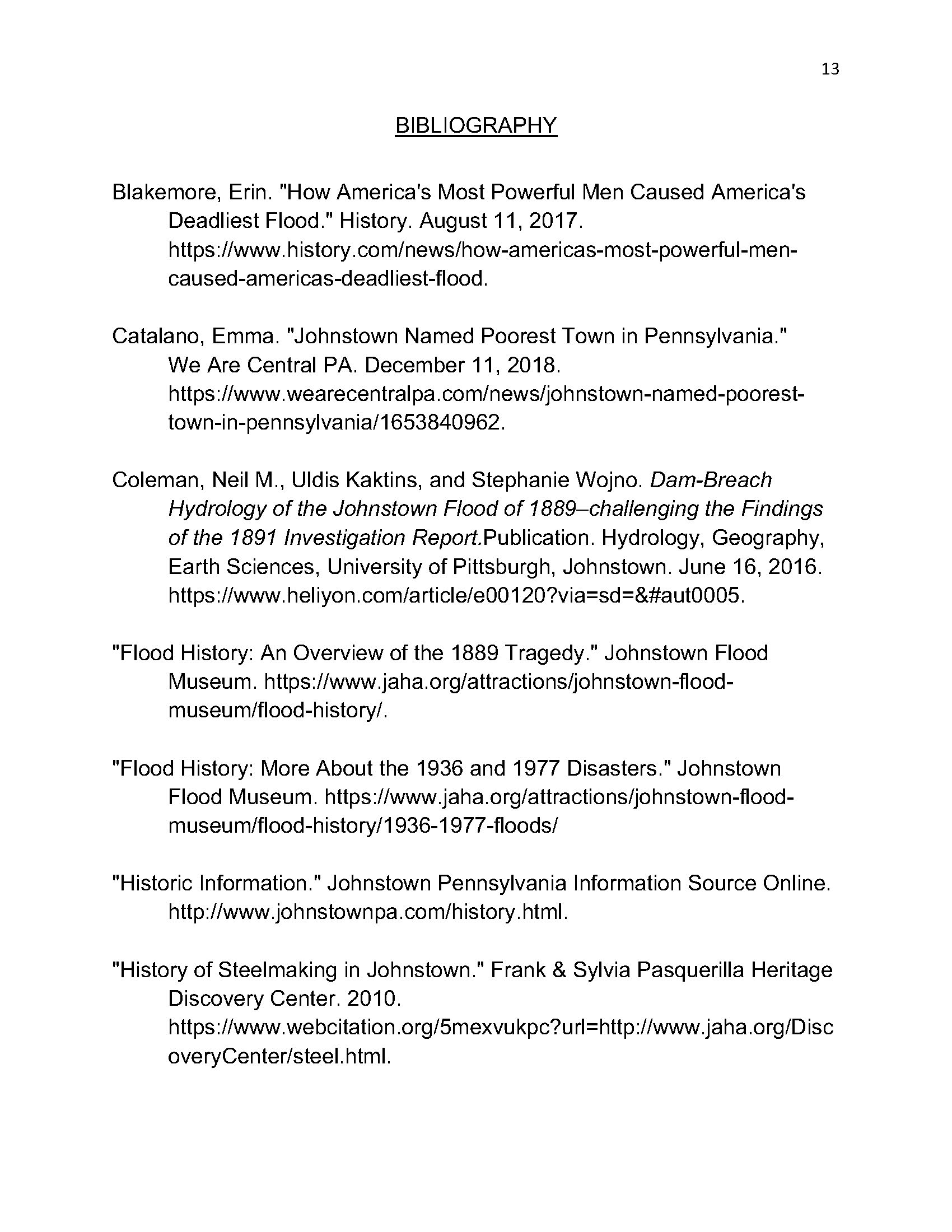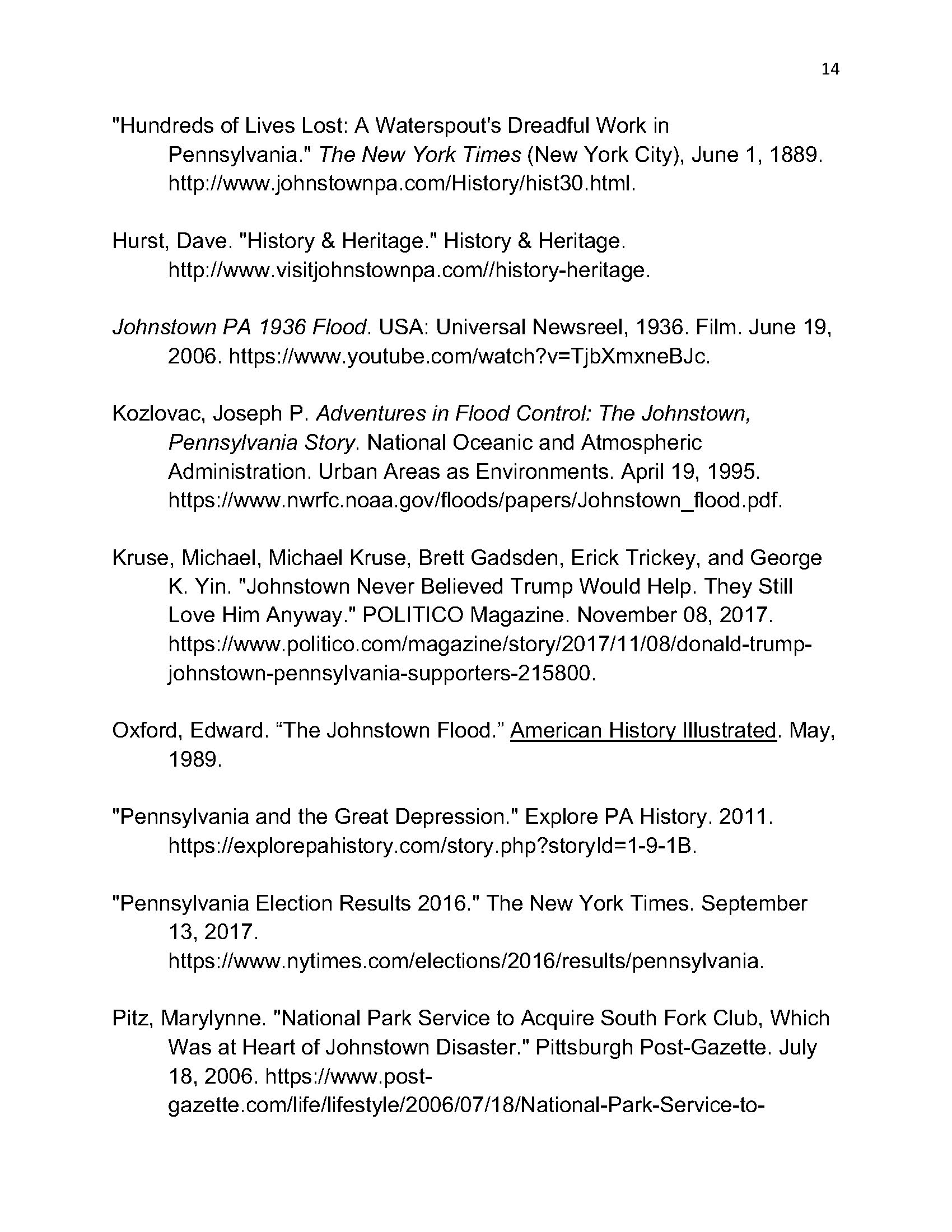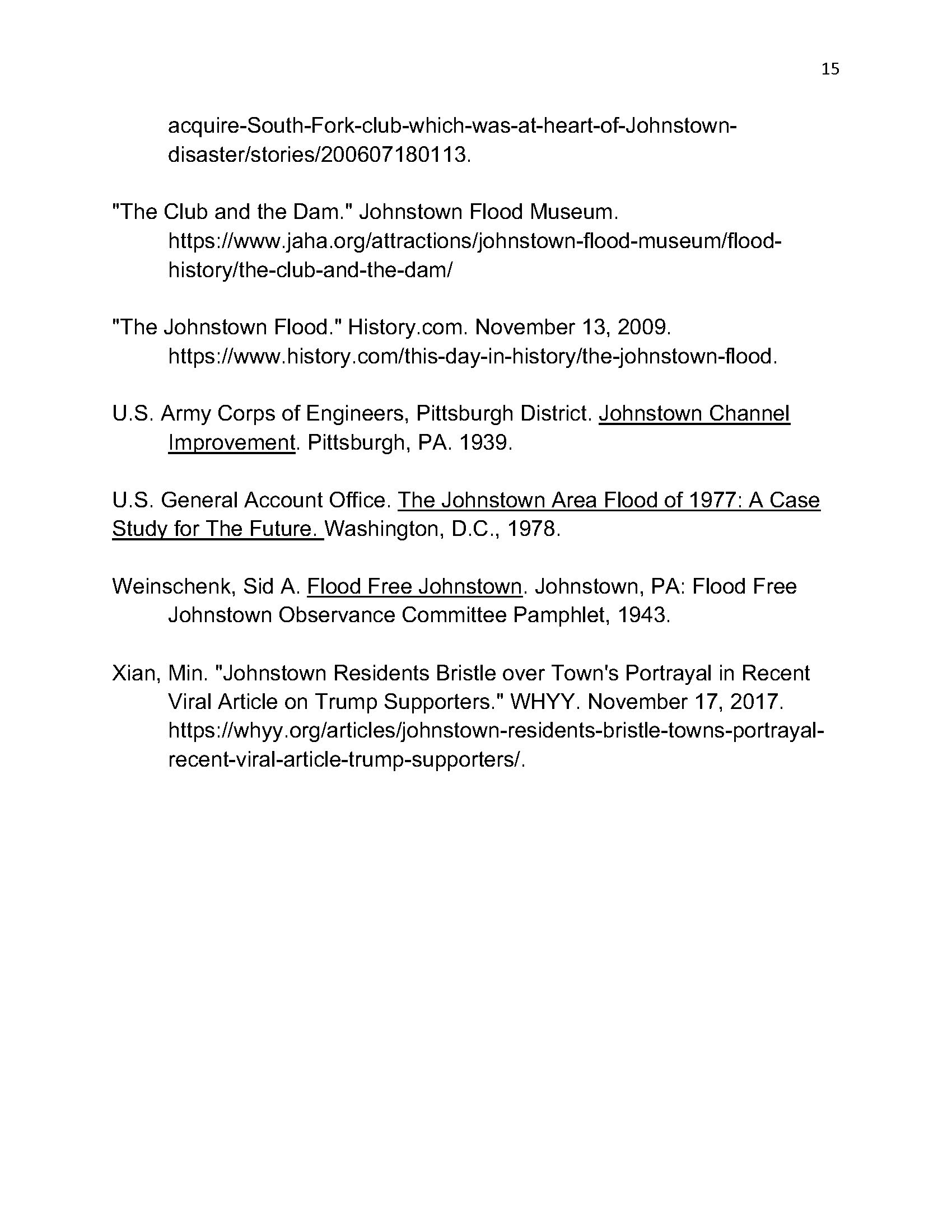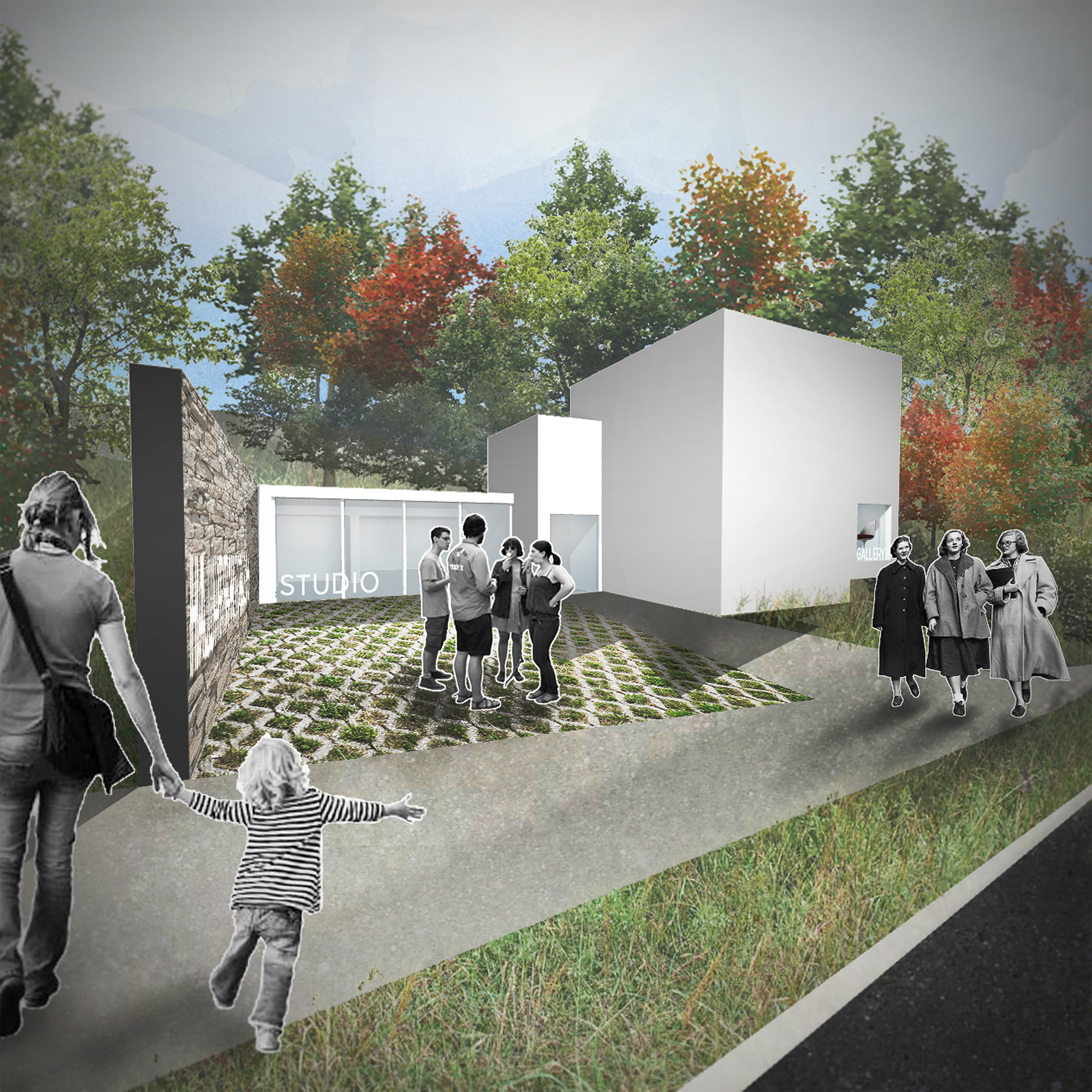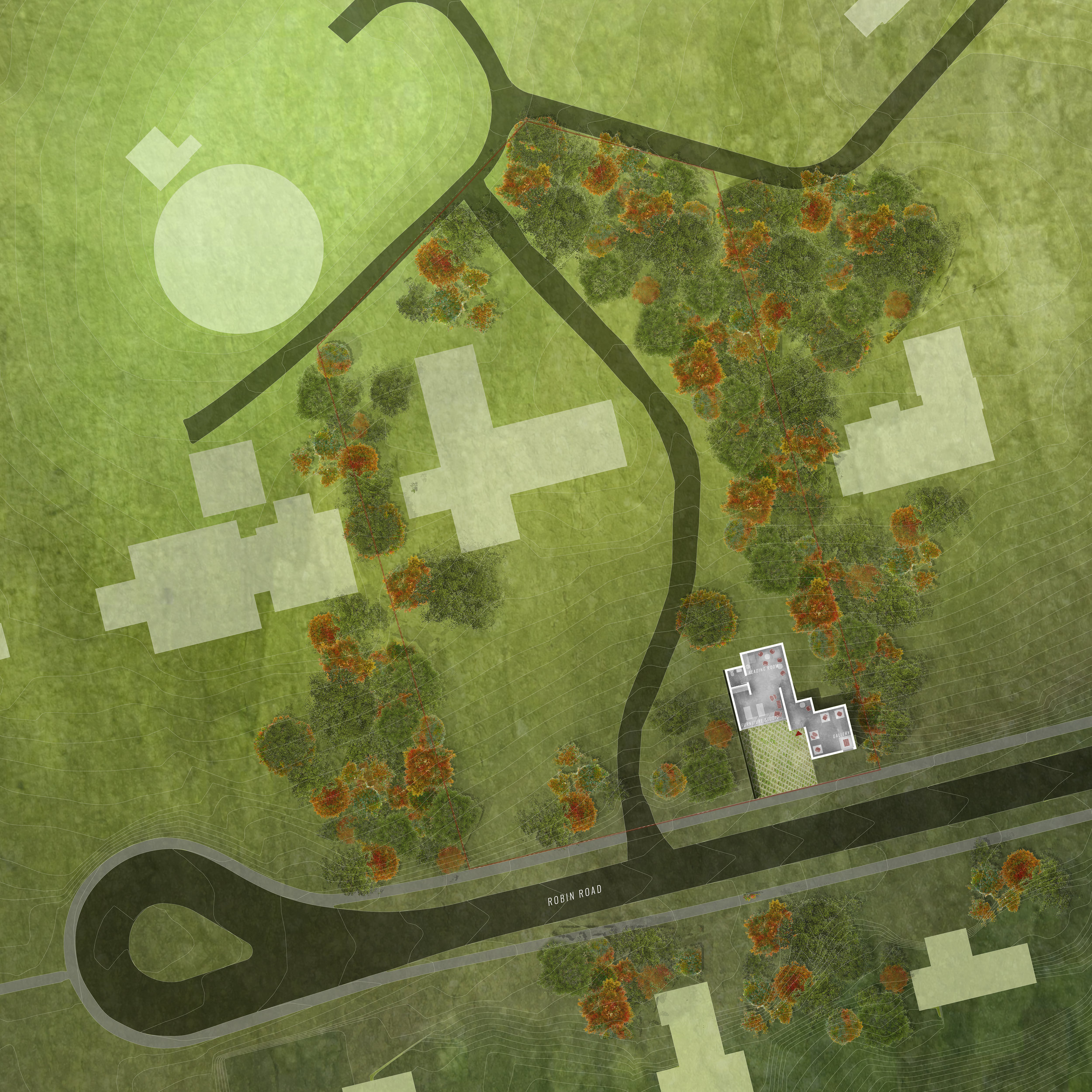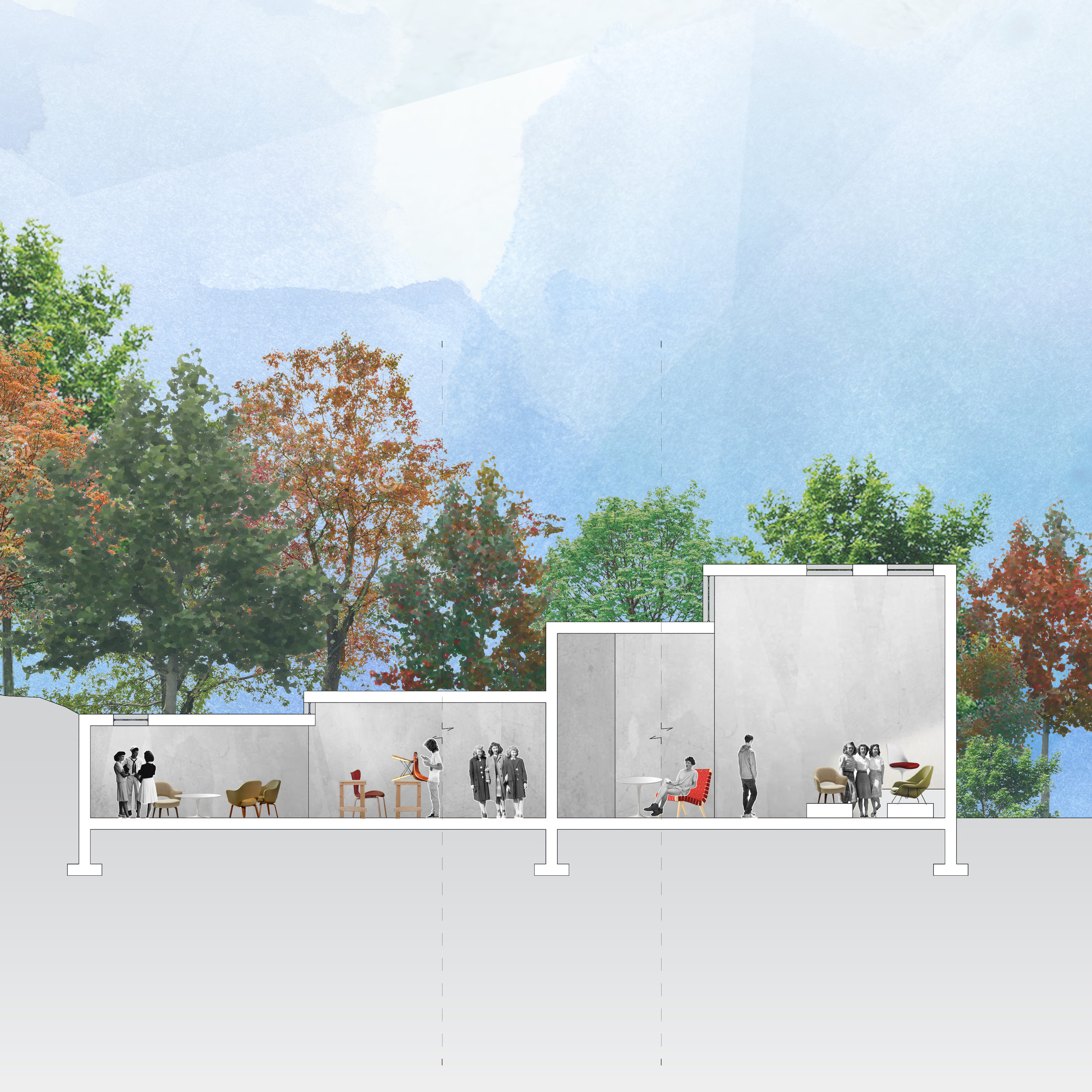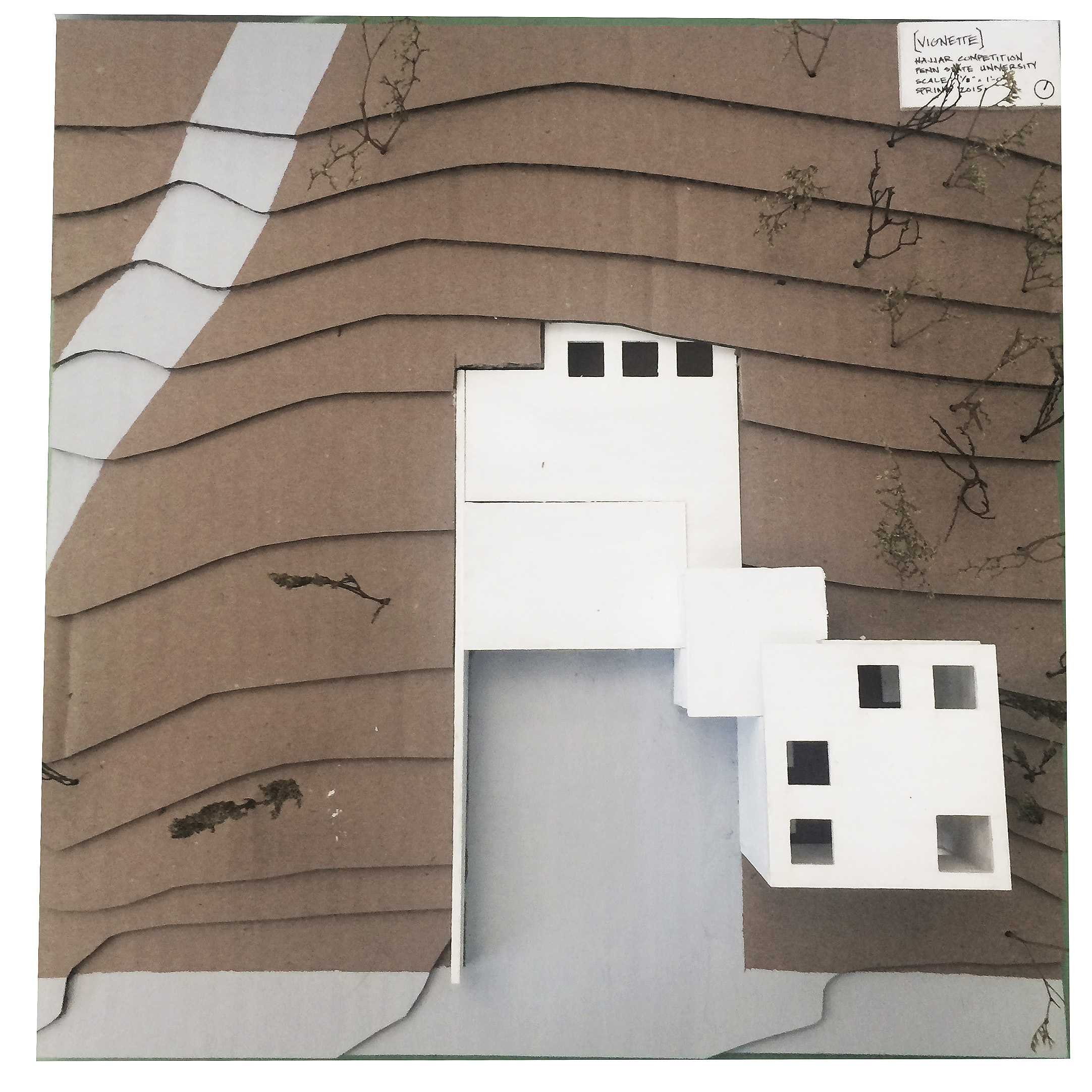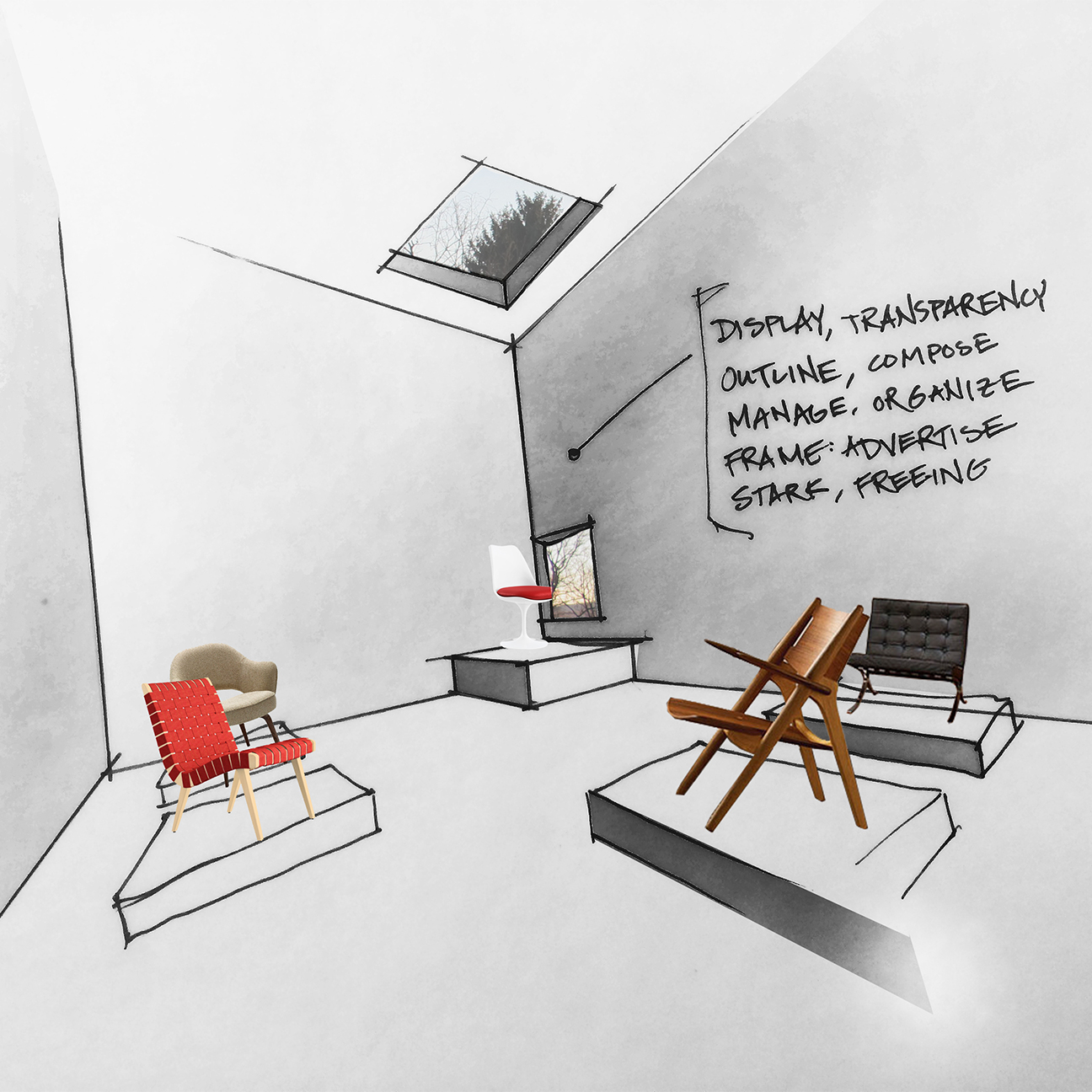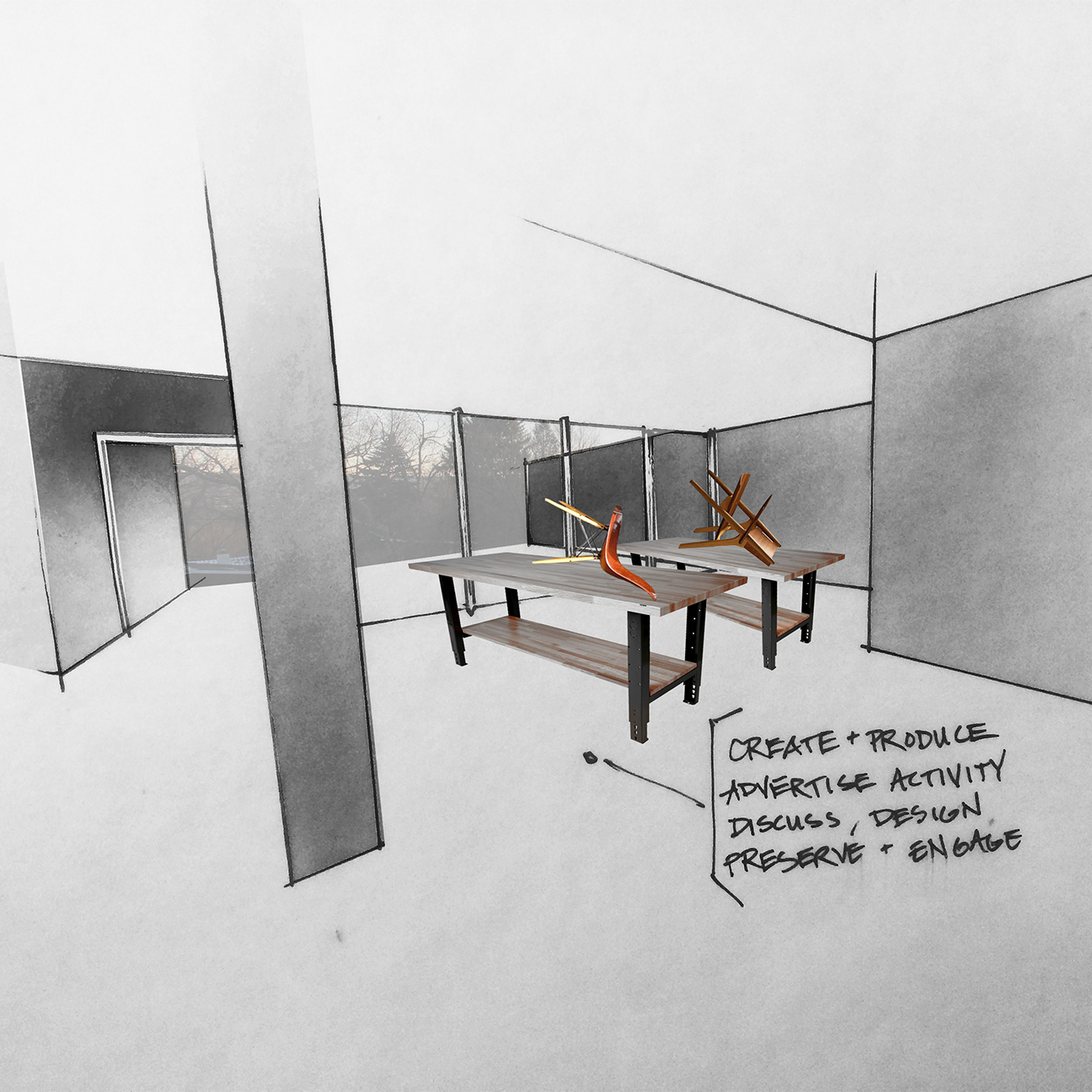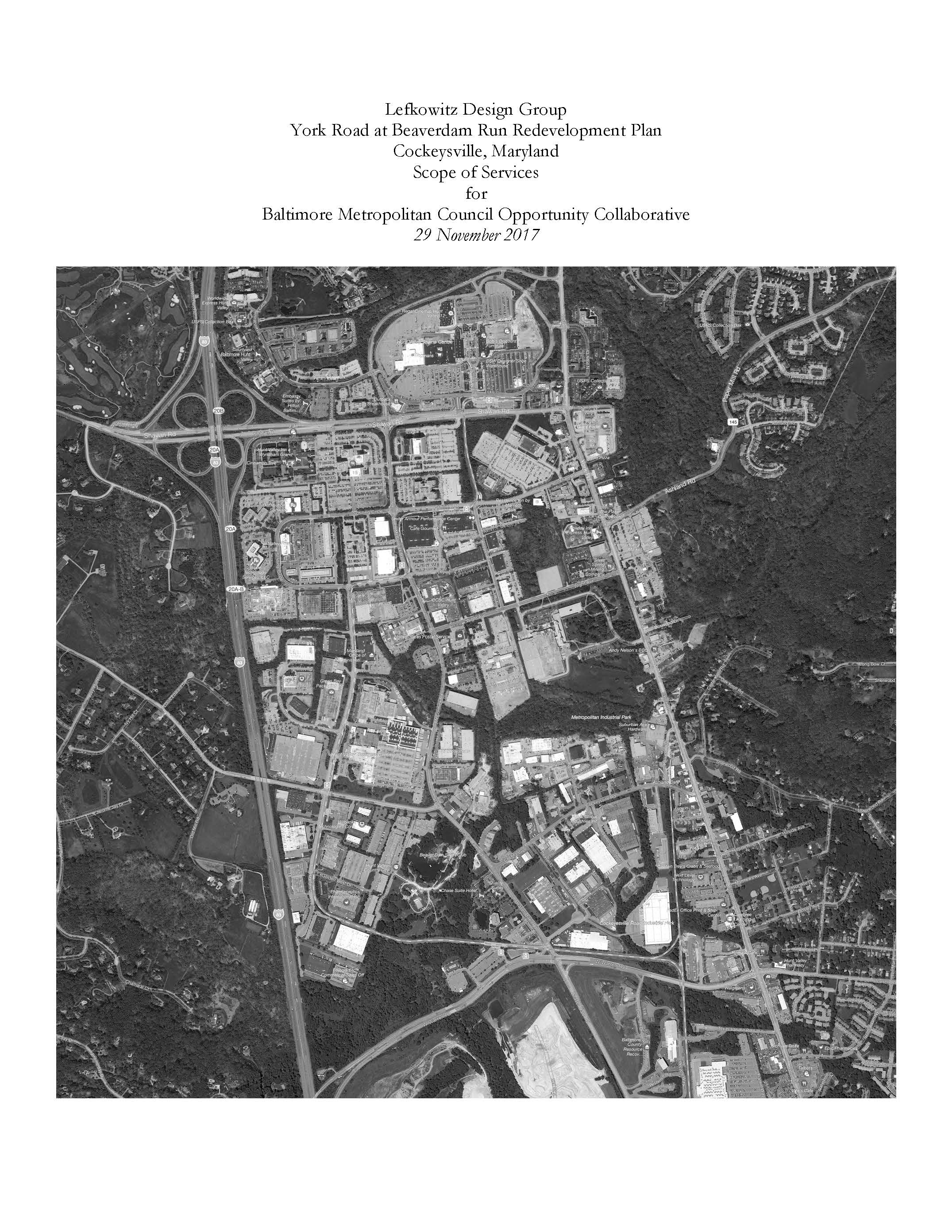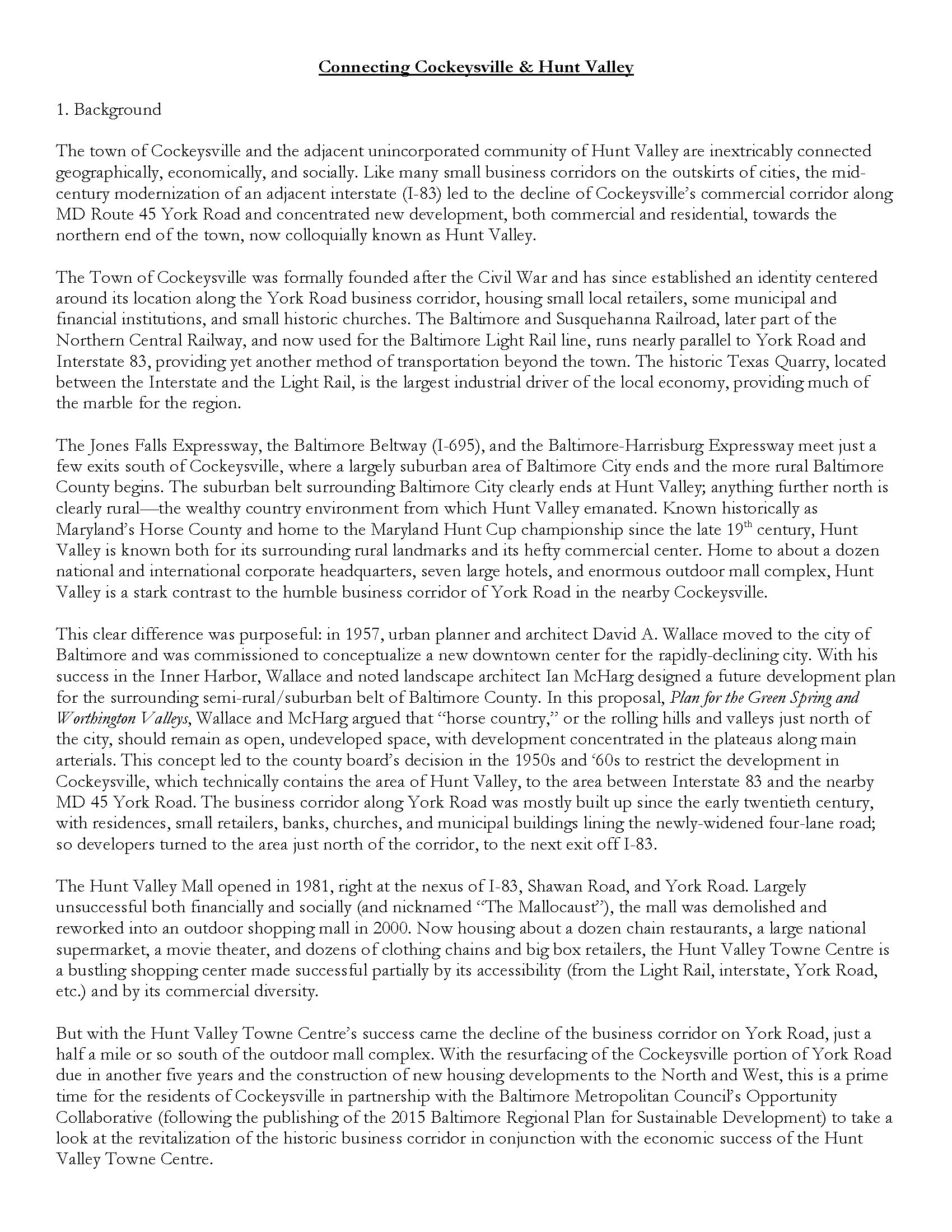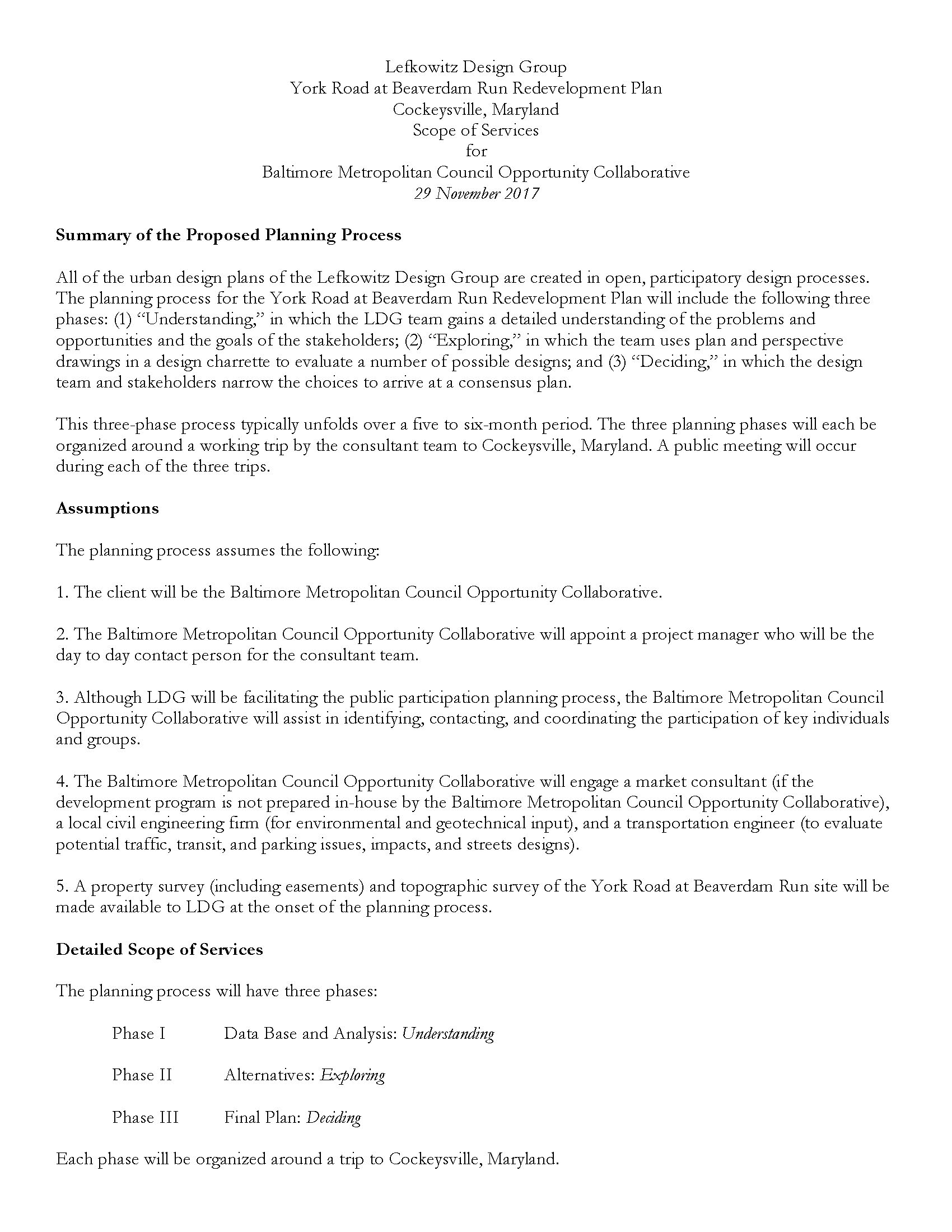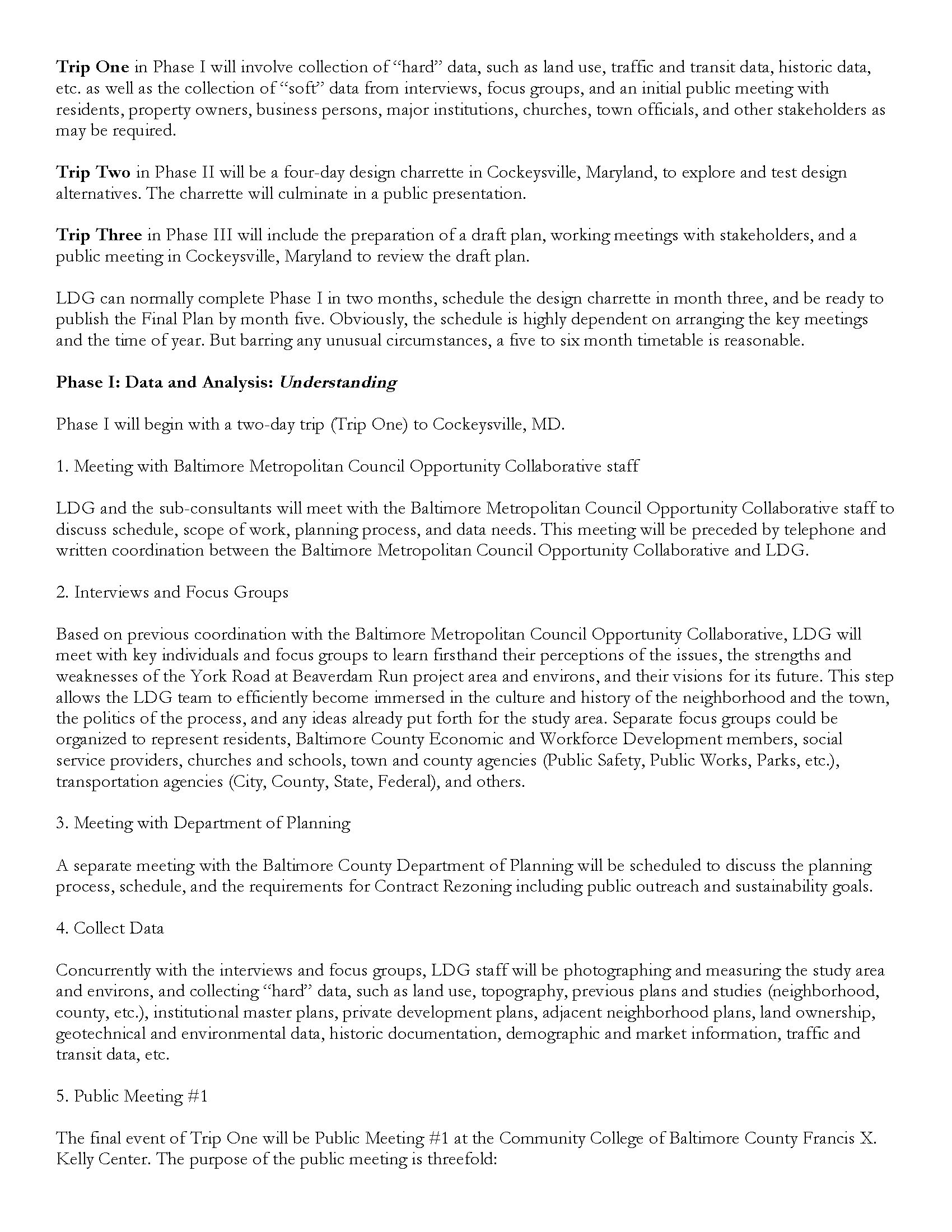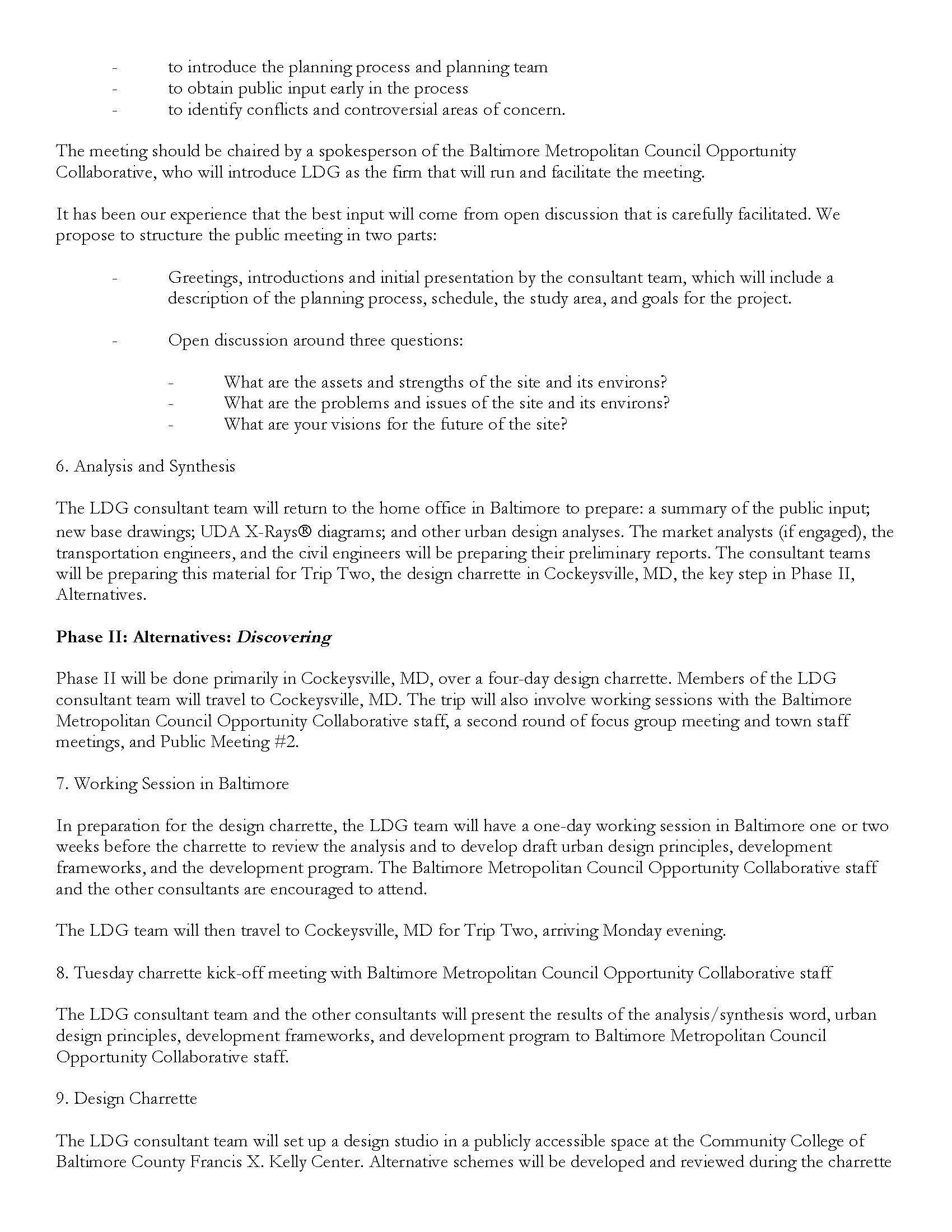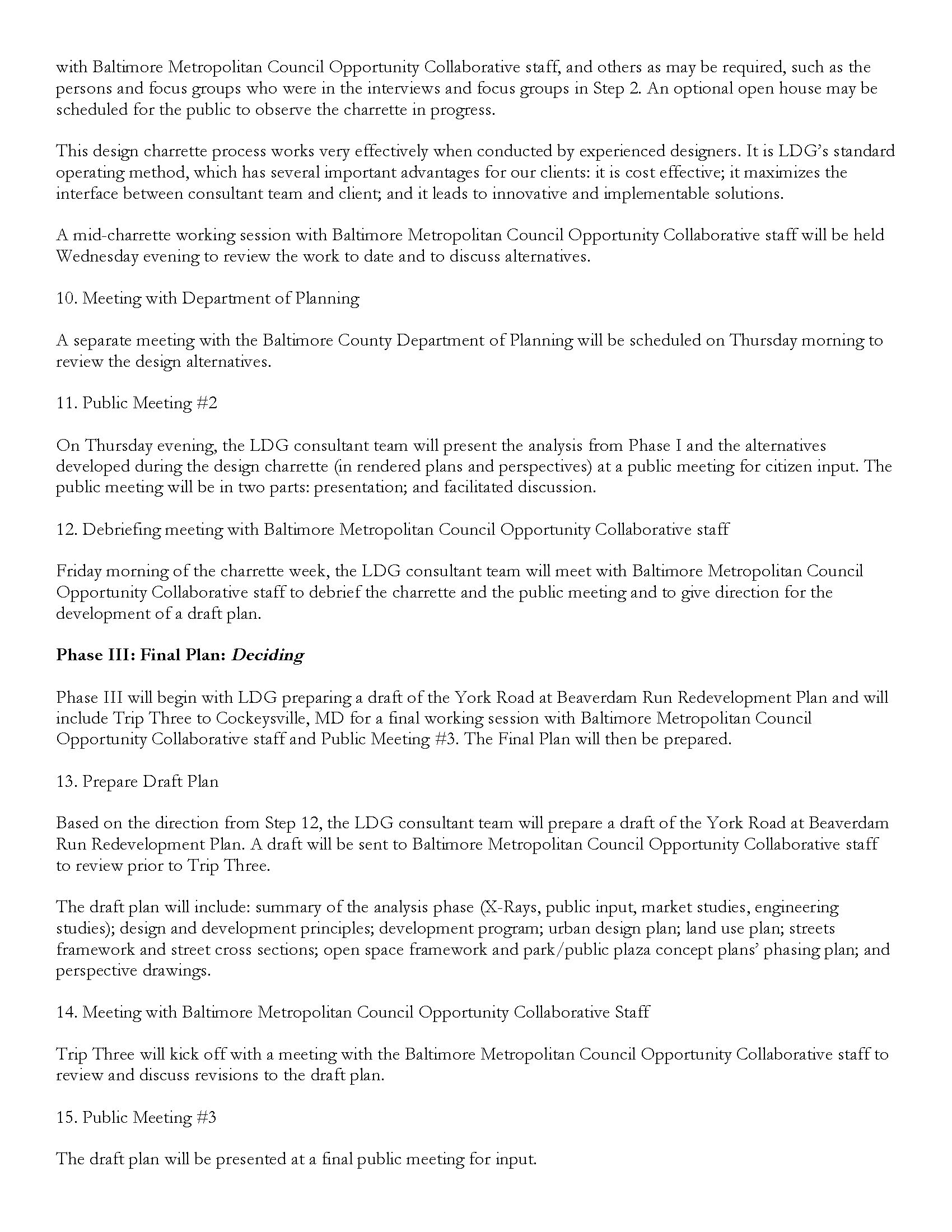in progress.
After I completed my travels with the Gindroz Travel Prize over the summer, I had the opportunity to share my drawings, books, and photos in a gallery setting.
All of grad school in one Moleskine sketchbook!
BAUM-CENTRE CORRIDOR: Historical Analysis
MORPH AS ICON
Penn State BArch Program, Second Year: Firehouse (12 weeks, 2014)
Awarded First Honor & Scholarship
Sponsored by the National Concrete Masonry Association, this studio project was a competition between all of the second-year architecture students at Penn State.
The hilltop location of the Bellefonte, PA site marked an important transition between the urban side of town and the rural side. I began to experiment with morphing a somewhat typical traditional "house" elevation shape into a new shape, something that was unique and able to serve as an icon for the small town. In order to create the morphed object, I chopped up the complex shape into equally-spaced slices, which became a second formal logic of slices. The slices became the load-bearing masonry structure, which allowed me to place different pieces of program in the spaces left in between the walls.
As I was organizing program types, I realized that such a public building needed more definition between spaces of different use, which led me to categorizing the program into three groups: work, live, and display. I shifted one of the slices away from the original plan to create an obviously public pavilion versus the two other private pavilions. This move divided the site in half, allowing for one side of the site to be primarily used for firefighting training and the other for community gardens. One of the last details of the building that I worked with was the facade. The thin shell of aluminum panels wraps around the heavy concrete masonry walls and has large openings cut into it to bring light in and to emphasize the slices from the exterior. The aluminum's finish is reflective in order to bring down the large scale of the building.
The dynamic morphed object formed by the two memorable shapes on each end of the firehouse create an icon for Bellefonte.
NORRIS SQUARE NEIGHBORHOOD PROJECT
Penn State BArch Program: Youth Center & Housing (16 weeks, 2015)
The Norris Square Neighborhood Project is a prominent force in the energizing of the youth and other community members in a heavy-crime area of Philadelphia. Founded in 1973, the center originally targeted at-risk Latino youth, encouraging teenagers to get involved in their community, to celebrate their culture, and to pull them away from the drug-infested, gang-controlled streets. The project grew quickly in size and prominence, and now occupies 2 adjacent rowhouses facing Norris Square. This project, located on an empty lot just at the end of the block, is designed as a new home for the fast-growing organization, as well as providing more residences to the neighborhood.
The row homes around Norris Square were originally built for factory workers during the Industrial Revolution; over time, however, economic problems and cultural turnovers forced the demolition of some of these homes, leaving behind strange gaps in the long rows of residences. The vulnerability of these voids is intriguing: the memory of the removed house remains, but the gaps spatially create an interesting language of mass versus void.
Fast forward, back to the founding of the Norris Square Neighborhood Project. Without sufficient funding to begin the desired gardening project, the first student-built gardens inhabited voids left by recently-demolished homes. When someone bought the property, the garden moved to a new spot, revitalizing another void in the community. The temporary nature of inhabiting and rejuvenating the void served as the main inspiration for this proposal.
When I began my proposal for this project, I realized that in order to recreate the effect of the void, I first had to create the mass from which I could subtract. By repeating the dimensions of a typical row house in Kensington, the effect of a large, solid block of program is achieved. I then removed some of the blocks, which in turn revealed the softer, vulnerable inside of the solid block (which I interpreted as a window wall), creating a private dialogue between the pavilions. This also created a separation of program, which I see as a necessary strategy for the flourishing organization. Separation, however, isn’t always required: the current NSNP hosts a weekly market to sell fresh produce, the T-shirts designed and manufactured by their Prodigies program, and much more, in an attempt to better involve the community. The first floor of my proposal features a window wall that can be completely opened, allowing for a large open market space that is accessible and exhibited to passersby. These flexible indoor and outdoor spaces allow for the developing program to grow in both size and influence.
The #MeToo movement, first trending in October 2017, is one of the latest social movements that has percolated into both virtual and physical spaces, prompting protests that have been widely covered over a variety of media sources. Historically, protest was relegated to highly-visible public spaces often directly facing a symbol of power, like the Capitol Building; but today, the virtual realm is fair game. How can activists maximize the power of virtual social movements?
The data visualized above shows tweets from the month of October in 2017 that used the hashtag #MeToo. Each dot represents a twitter user—the online presence of an individual—and the size of the dot corresponds to the number of followers that account had at the time. The lines between dots represent common language between tweets; for instance, many people who used tagged their tweet with #MeToo also used #Resist or #TimesUp, referencing social movements that align with the Women’s Rights March, which occurred worldwide in January 2017. Exploring this data, interesting connections are drawn: Alyssa Milano, perhaps the most public-facing celebrity in the #MeToo movement, is represented by the largest dot, suggesting that the number of followers and the number of tweets she wrote on the subject have lots of influence for the movement. I used data from two primary sources: one dataset built by Ryan Deeds and shared online at data.world, which simply scraped Twitter over a period of one month for tweets that used the #MeToo hashtag. The second source of data, also shared on data.world, was produced by Brett Turner, which scraped Twitter over a two-month period, of which I only used one month to coincide with Deeds’ dataset.
In an age where accountability and political decentralization have risen to the forefront of national conversations regarding the agency of minorities, it is revealed that both physical and virtual realms are highly contested spaces to be mechanized for political gain. The market and state constantly vie for dominion over these spaces, whether falsely public parks or the Twittersphere; but these spaces must be claimed by and for collective citizens. Protests in the physical sphere are a historical tactic to bring awareness to an idea and influence the opinion of powerful entities like the market and state. But as the virtual realm has emerged as a similarly appropriate venue for dissent, citizen activists must learn to effectively appropriate and utilize this space to advocate for contested rights.
Learning from a long history of physical protests, activists must learn to make virtual demonstrations highly visible, disruptive of routine, adaptive to changing contexts, and clear in intent. In physical spaces, it is often difficult to accommodate this requirement of spontaneity, with large masses of physical bodies unable to adapt quickly. In virtual space, the primary deterrent is clarity and surveillance: Twitter and other social media platforms, though often masquerading as public forums, are actually corporate entities that actively censor and disseminate messages via algorithms designed to amplify only those with the most followers.
That’s where I began to be interested in this idea of influence and how that is tied up with follower counts. Largely stemming from celebrity Alyssa Milano’s Twitter-based accusations of sexual assault, the #MeToo movement was intended to spread awareness of the prevalence of sexual harassment and assault, particularly in the workplace and directed towards women. Obviously, the hashtag went viral via social media platforms like Twitter and Facebook, while physical protests surrounding this issue were also held throughout the country, naming perpetrators of these crimes and triggering controversy. As you can see in the interactive image above, it is oftentimes celebrities with large follower counts that get retweeted over and over again, resulting in more awareness of the issue, while twitter users with very low follower accounts don’t seem to generate nearly as much awareness. Although this might seem obvious, it is valuable to know that, in this day and age, celebrities truly do hold lots of power outside of the market and the state: but this power seems restricted to the virtual realm.
I conducted a survey, “#MeToo: Virtual & Physical Protest,” and received about 40 responses that answered questions about primary sources of news and political influence beyond simply Twitter.
Respondents were asked to identify their primary source of news, choosing from options of television programs (like CNN, BBC, Fox News, local news, etc.), newspapers (like the New York Times, the Wall Street Journal, local newspapers, etc.), social media platforms (like Facebook, Twitter, Instagram, etc.), or word of mouth. Respondents were also asked to recall the first time they heard about the #MeToo movement and the source of that information. Many of the respondents reported that they used social media as their primary source of news, and 13 of those 21 people first heard about the #MeToo movement from the use of the hashtag. Surprisingly, there were people who receive their news mostly from watching television or reading the newspaper and yet first heard about the movement via its associated hashtag. This might begin to suggest that the virtual movement was stronger and more influential than the physical, conventional, and professionally-documented demonstrations. Refer to the graph below to see the information gathered from the survey.
Many of the survey respondents--twenty-one to be exact--cited social media as their primary means of receiving news. Determining exactly which social media platforms each survey respondent have accounts and are active was therefore an important follow-up question. The following diagrams show that 100 percent of survey respondents have Facebook accounts, but only about 60% consider themselves most active on the platform. Other popular platforms include Twitter (64% with accounts, 20% active), Instagram (90% with accounts, 51% active), LinkedIn (77% with accounts, 7% active), Snapchat (56% with accounts, 15% active), and more.
So far, the implication of these survey results is that, for the #MeToo movement, virtual demonstrations have been more effective than physical demonstrations. But it is worth noting that of the 39 respondents, only 10 reported that they had attended a protest. Is this due to their perceived ineffectiveness? According to respondents, this isn’t true: as the graph below shows, the majority believe that physical protests (strikes, marches, parades, picketing) can be equally as effective as virtual protests (hashtags, viral posts) in terms of spreading awareness of an issue. In terms of achieving consensus--an important distinction--the majority of respondents still believed that both physical and virtual protests could be equally effective.
For activists, it seems imperative to be cognizant about the approach to organized protest in the virtual realm. Influence and awareness are, of course, primary objectives, but it seems that scaling up the conversation—meaning adding more voices via original tweets from twitter accounts with low follower counts—does not do as much to help the cause as thousands of retweets from a celebrity does.
For architects and journalists operating in physical or non-virtual realms like television broadcasts and newspapers, it seems to be effective to unite the physical realm with the virtual; however, this connection should happen outside the domain of the state and the market. Bottom-up, citizen-led initiatives rely on a truly public forum that might only exist in a virtual realm, so learning from this contemporary space for dissent might prove fruitful.
SOURCES
INSPIRATION / RESEARCH
https://www.datacamp.com/community/blog/metoo-twitter-analysis
https://www.citylab.com/equity/2018/10/midterm-election-data-suburban-voters/572137/
https://www.georgetown.edu/news/metoo-movement-twitter-data-mined-by-computer-science-professor
https://ezyinsights.com/metoo-viral-event-2017-1/
https://medium.com/@erin_gallagher/metoo-hashtag-network-visualization-960dd5a97cdf
https://www.clickz.com/nodes-and-edges-visualizing-network-data-101/26967/
DATA
ASSIGNMENT: imagine a future dystopia placed on the studio class site
With the widening gap between upper and lower classes, our future urban condition is shaped by a space race of sorts, with the wealthiest individuals of society racing to build taller and taller structures in order to control more elevated terrain. This vertical race is compounded by the relaxing of building codes on height restrictions in most urban areas, intended to achieve higher densities and encourage a culture of micro-housing; however, this lack of restrictions only helped the wealthier class, diminishing the value of land on the ground plane. Living conditions become almost unbearable, without the ability to farm due to shading from the buildings above, the continued problems with flooding on the ground plane which were never solved, and spillage from the elevated planes above. Life above the canopy is blissful and perfectly conditioned, almost an exact copy of the original ground plane and inhabited exclusively by the wealthiest classes, who are constantly engaged in cutthroat competition to build taller structures for bragging rights. These people are incredibly ignorant of life on the ground plane, unaware of the devastating effects of the canopy to the environment beneath them.
INFRA-CYCLE: Establishing Social Equity via Topographical Sensitivity
Addressing urban inequity begins on the ground plane. Efficient & affordable access to reliable transportation systems is essential for establishing an urban environment in which diversity on all scales is celebrated. Pittsburgh has been dedicated to designing an infrastructure framed around bicycles, a mode of transportation deemed most likely to serve as an equalizer amongst disparate socioeconomic groups. With the establishment of Healthy Ride PGH in 2014, we’re paving the way for better legislation and infrastructure to accommodate cyclists, pedestrians, & motorists. The unique conditions of Pittsburgh, however, have created a new set of problems: the obstacle is no longer bureaucracy, but topography.
Topography just shape the character of a neighborhood: it also determines routes and modes of transportation systems, a factor that often snowballs into issues of mobility by isolating neighborhoods, further dichotomizing socioeconomic disparity. So how can pedestrians and motorists coexist alongside this burgeoning infrastructure of cycling within these diverse geographical parameters?
To ensure a safe, accessible, and equitable urban environment for all Pittsburghers to share, this installation proposes a unified brand of Infra-Cycle Centers to be placed around the city of Pittsburgh, allowing a diverse collection of cyclists to coexist amongst pedestrians and motorists.
Penn State BArch Program, Third Year: Furniture Gallery and Studio (1 week)
Awarded First Honor
The late Bill Hajjar, a prominent local architect and former studio professor at Penn State, is well-known for leading the movement of mid-century modern design in central Pennsylvania. It was on the property of one of his more prominent projects, the Eisenstein House, that we were instructed to design a small gallery with attached workshop to display and restore mid-century modern furniture.
When curating an exhibition, the primary goal is to create an environment that inspires, organizes, & advertises the collection. I was intrigued by this small gallery’s ability to provide a look into a past time. The gallery provides this vignette of a zeitgeist by carefully composing an arrangement of restored furniture in a monolithic form that removes visitors from “the now” and places them in a blank, vacuous space. In order to intrigue passersby, a single window with a featured furniture piece hints at the contents of the gallery, serving as signage for the somewhat obscured building. The simplicity of the block with a single window display creates a compelling vignette of a past time.
The reading room is somewhat of an extension of the mood of the gallery, providing a space for reflection. Being buried into the site, with windows above the seating area, visitors are again immersed into their thoughts of another time.
The studio portion of the program had to be treated differently than the gallery and reading room. Here, creation, production, and activity encourage passersby to take a closer look. The form of the studio, then, deserved abundant transparency to display the activity of restoration.
All the pieces of this small building serve to provide a small glimpse, or a vignette, of mid-century life through design.
This project called for the creation of a hypothetical urban design firm and an outline of a pressing issue near my hometown. The history of Northern Baltimore County’s Baltimore-Harrisburg Expressway and parallel York Road commercial corridor is a fascinating story intertwined with the evolution of retail, transportation, and early landscape urbanism as championed by David A. Wallace and Ian McHarg.
With a little too much time over a winter break, I co-opted an old rendering to create a holiday card from my studio group so I could experiment with snow textures.
